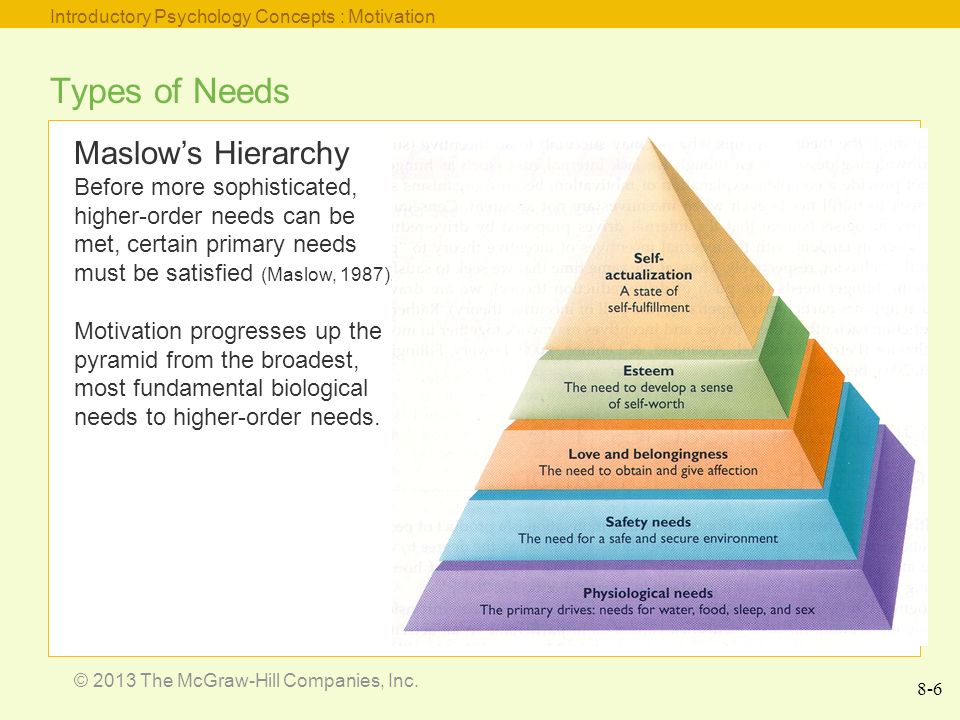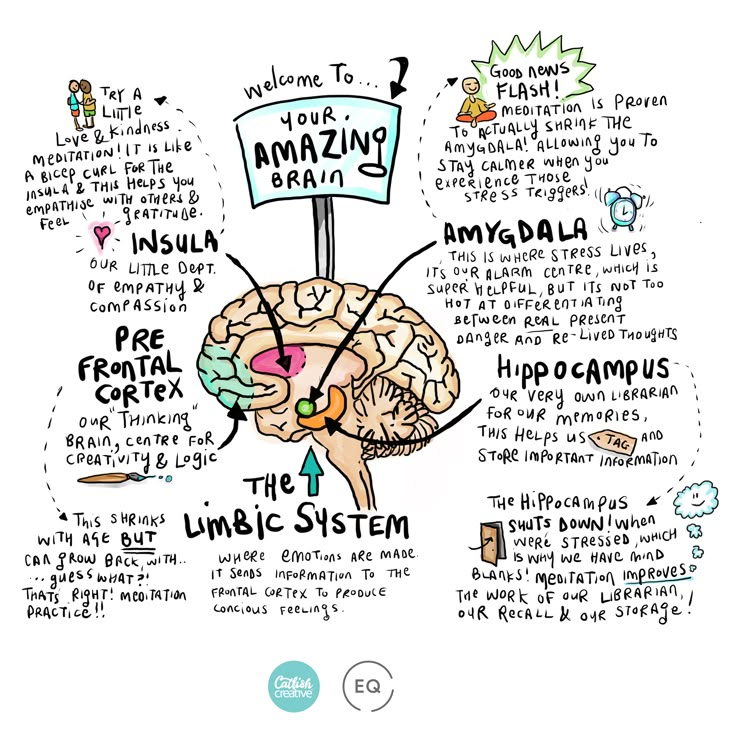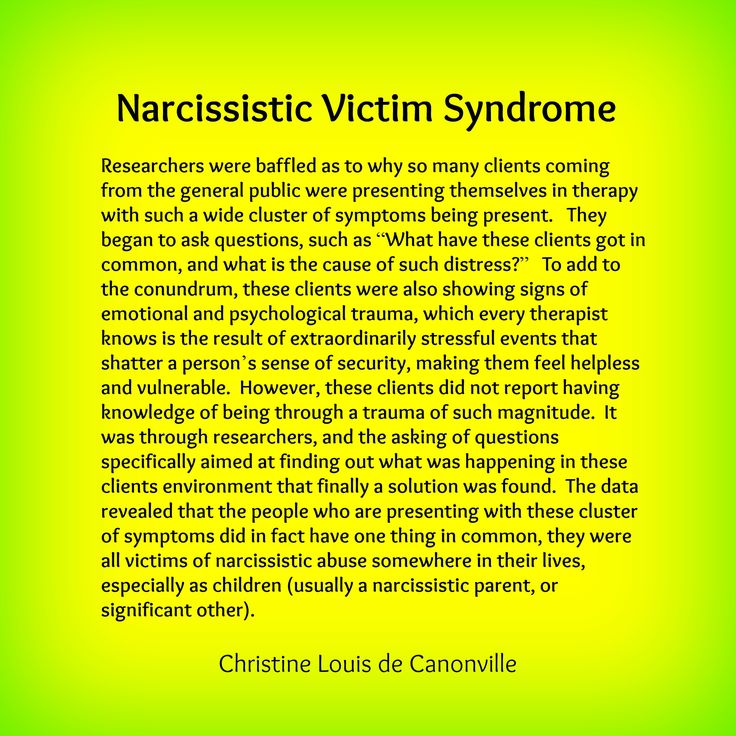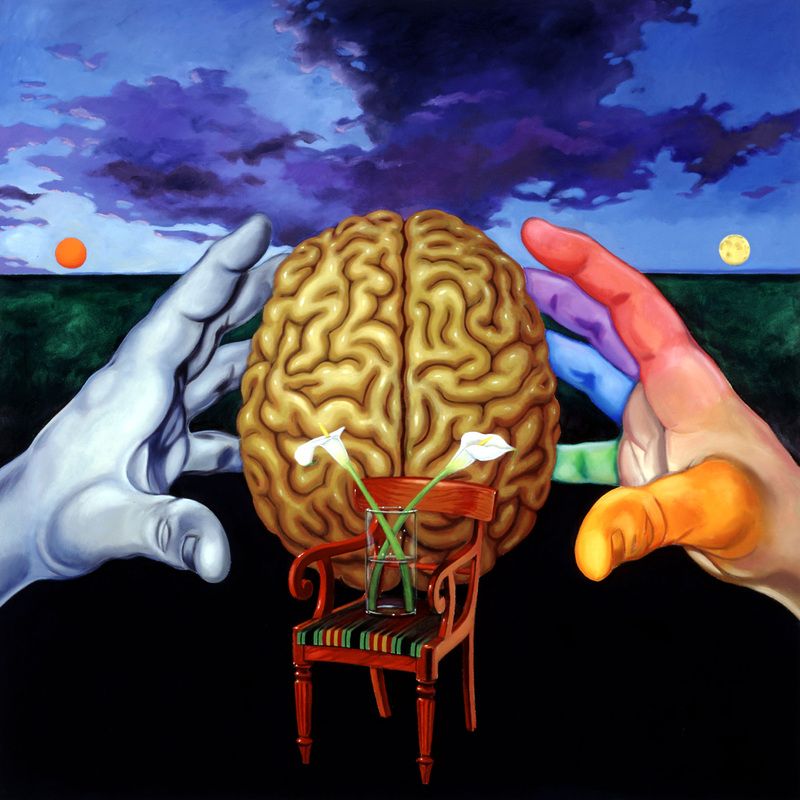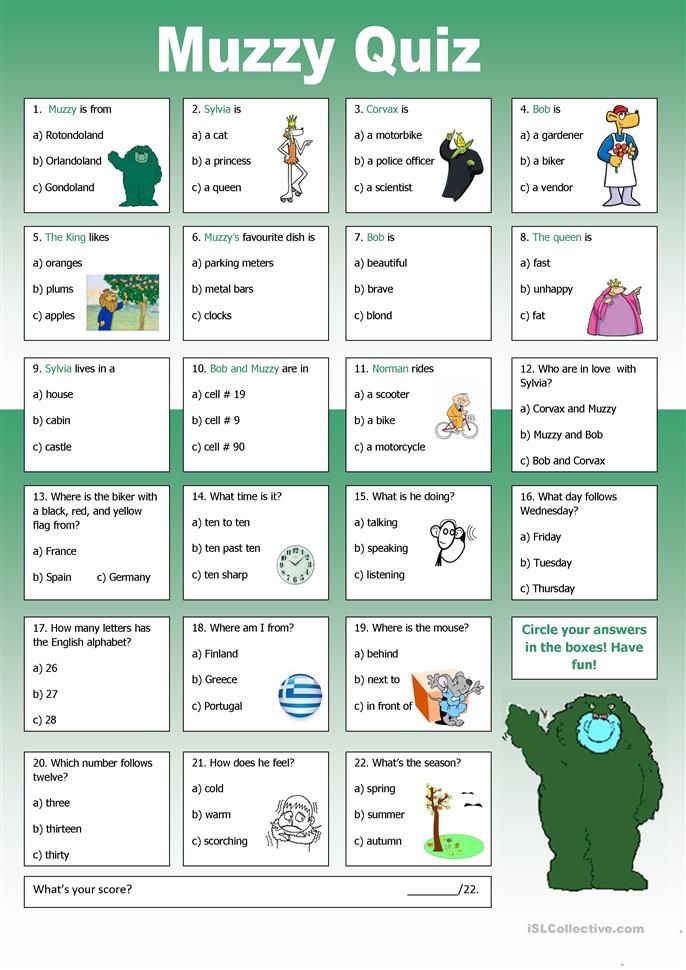Common sense theory psychology
Common Sense Psychology
Psychology is just common sense.
Or, at least some prominent figures think so. Popular radio talk show host Dennis Prager says, “Use your common sense. Whenever you hear the words ‘studies show’ — outside of the natural sciences — and you find that these studies show the opposite of what common sense suggests, be very skeptical. I do not recall ever coming across a valid study that contravened common sense” (Lilienfeld et al., 2010, p.5).
It appears that Prager has not read many scientific studies.
For centuries scientists, science writers and philosophers have encouraged us to trust our common sense (Lilienfeld et al., 2010; Furnham, 1996). Common sense is a phrase that generally implies something everyone knows. One of the definitions of common sense given by Wikipedia is, “good sense and sound judgment in practical matters.”
Common sense psychology is a myth. What appears to be common sense is often common nonsense. Scott Lilienfeld, co-author of 50 Great Myths of Popular Psychology, says we should mistrust common sense when evaluating psychological claims (Lilienfeld et al. , 2010).
Some examples of common sense psychology include:
- Working while in high school will help students build character and value money.
- Children who read a lot are not very social or physically fit.
- People with low self esteem are more aggressive.
- The best way to treat juvenile delinquents is to get tough with them.
- Most psychopaths are delusional.
- We know what will make us happy.
However, not a single one of these is true. Scientific evidence refutes each of the common sense claims listed above.
The failure of common sense can be seen in areas other than just psychology. What could be more obvious than the flatness of the earth? Additionally, isn’t it apparent that the earth is stationary? These claims about the earth were seemingly obvious in previous centuries, but we now know them to be false. (Of course, this doesn’t mean common sense is always wrong.)
Yesterday’s common sense is often today’s common nonsense.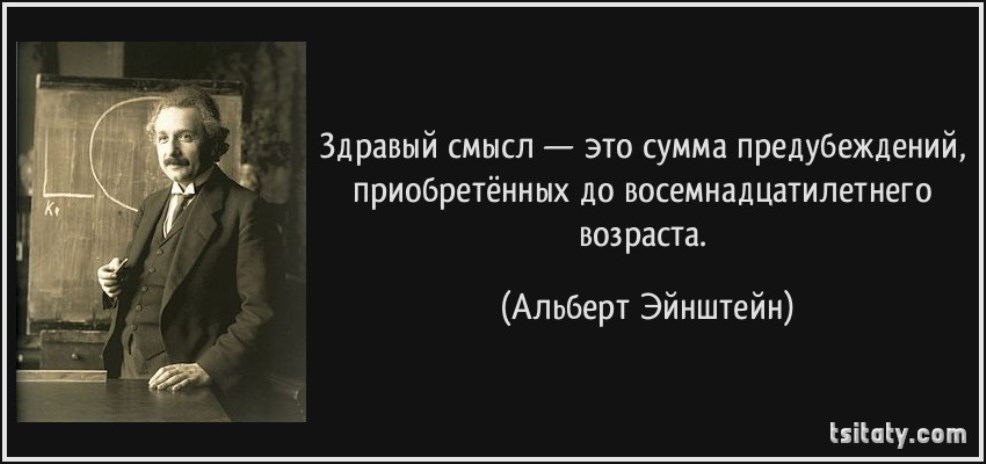 To illustrate this point consider some of the following notions.
To illustrate this point consider some of the following notions.
Yesterday’s common sense:
- Women don’t have the “smarts” required to vote.
- The best place for people with disabilities is an institution.
- African Americans can’t be taught how to read.
One hundred and fifty years ago the statements made above were common sense. We now recognize the above-mentioned statements — yesterday’s common sense — as nonsense (Stanovich, 2007).
“[C]ommon sense is the collection of prejudices acquired by the age of 18. It is also a result of some pervasive and extremely stupid logical fallacies that have become embedded in the human brain over generations, for one reason or another,” says Albert Einstein (Shakespeare, 2009)
Indeed, because when empirically tested common sense often fails the test, it becomes common nonsense.
Science and Common Sense – Research Methods in Psychology – 2nd Canadian Edition
Chapter 1: The Science of Psychology
- Explain the limitations of common sense when it comes to achieving a detailed and accurate understanding of human behaviour.
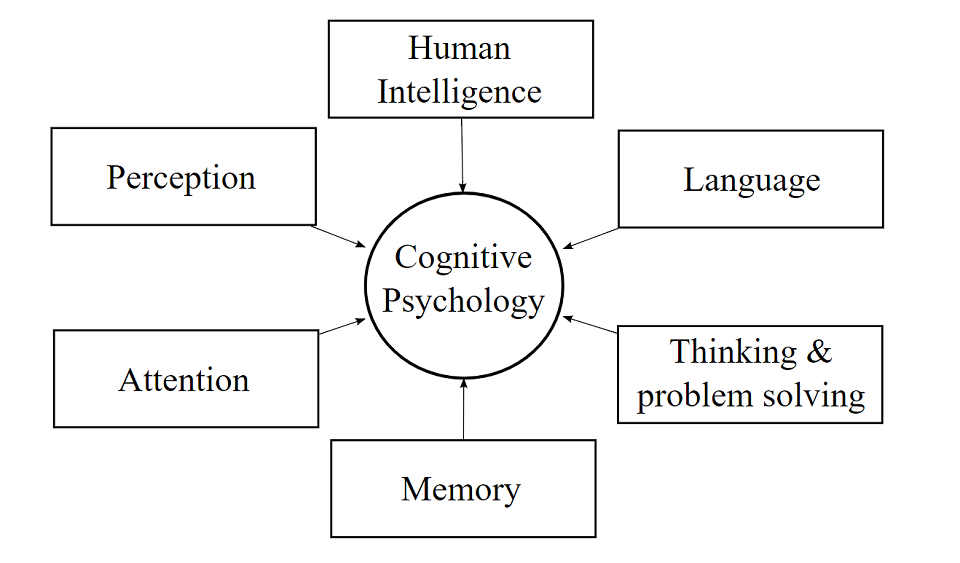
- Give several examples of common sense or folk psychology that are incorrect.
- Define skepticism and its role in scientific psychology.
Some people wonder whether the scientific approach to psychology is necessary. Can we not reach the same conclusions based on common sense or intuition? Certainly we all have intuitive beliefs about people’s behaviour, thoughts, and feelings—and these beliefs are collectively referred to as . Although much of our folk psychology is probably reasonably accurate, it is clear that much of it is not. For example, most people believe that anger can be relieved by “letting it out”—perhaps by punching something or screaming loudly. Scientific research, however, has shown that this approach tends to leave people feeling more angry, not less (Bushman, 2002)[1]. Likewise, most people believe that no one would confess to a crime that he or she had not committed, unless perhaps that person was being physically tortured. But again, extensive empirical research has shown that false confessions are surprisingly common and occur for a variety of reasons (Kassin & Gudjonsson, 2004)[2].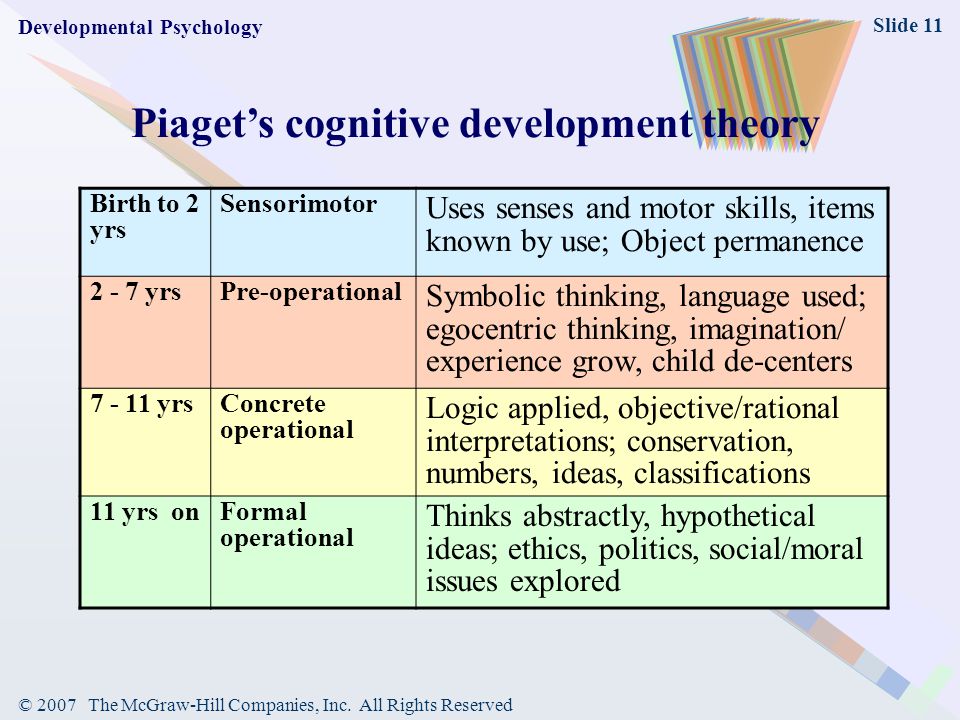
In 50 Great Myths of Popular Psychology, psychologist Scott Lilienfeld and colleagues discuss several widely held commonsense beliefs about human behaviour that scientific research has shown to be incorrect (Lilienfeld, Lynn, Ruscio, & Beyerstein, 2010)[3]. Here is a short list:
- “People use only 10% of their brain power.”
- “Most people experience a midlife crisis in their 40’s or 50’s.”
- “Students learn best when teaching styles are matched to their learning styles.”
- “Low self-esteem is a major cause of psychological problems.”
- “Psychiatric admissions and crimes increase during full moons.”
How can so many of our intuitive beliefs about human behaviour be so wrong? Notice that this is an empirical question, and it just so happens that psychologists have conducted scientific research on it and identified many contributing factors (Gilovich, 1991)
[4]. One is that forming detailed and accurate beliefs requires powers of observation, memory, and analysis to an extent that we do not naturally possess.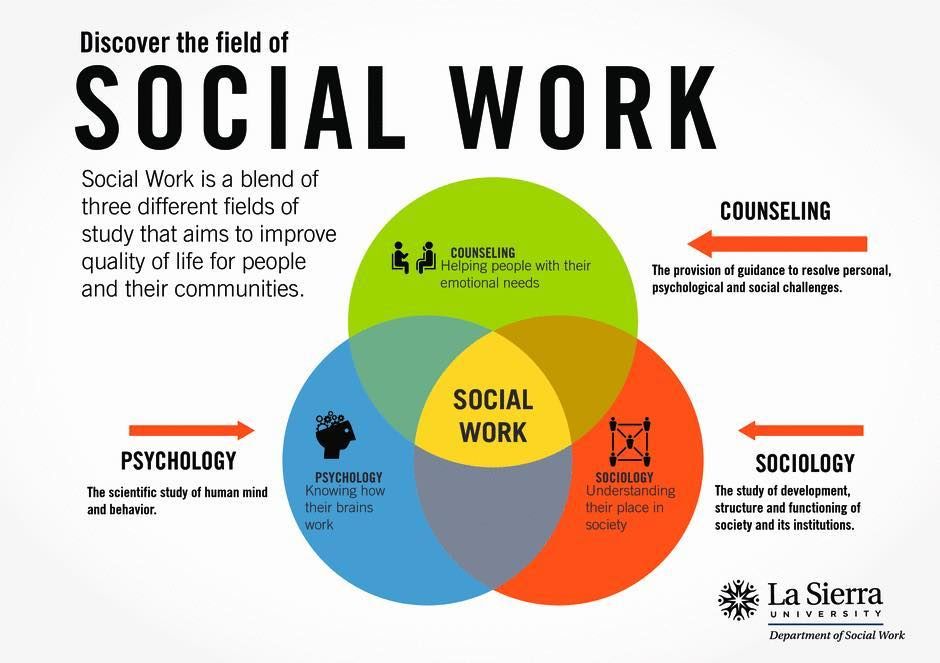 It would be nearly impossible to count the number of words spoken by the women and men we happen to encounter, estimate the number of words they spoke per day, average these numbers for both groups, and compare them—all in our heads. This is why we tend to rely on mental shortcuts (what psychologists refer to as heuristics) in forming and maintaining our beliefs. For example, if a belief is widely shared—especially if it is endorsed by “experts”—and it makes intuitive sense, we tend to assume it is true. This is compounded by the fact that we then tend to focus on cases that confirm our intuitive beliefs and not on cases that disconfirm them. This is called . For example, once we begin to believe that women are more talkative than men, we tend to notice and remember talkative women and silent men but ignore or forget silent women and talkative men. We also hold incorrect beliefs in part because it would be nice if they were true. For example, many people believe that calorie-reducing diets are an effective long-term treatment for obesity, yet a thorough review of the scientific evidence has shown that they are not (Mann et al.
It would be nearly impossible to count the number of words spoken by the women and men we happen to encounter, estimate the number of words they spoke per day, average these numbers for both groups, and compare them—all in our heads. This is why we tend to rely on mental shortcuts (what psychologists refer to as heuristics) in forming and maintaining our beliefs. For example, if a belief is widely shared—especially if it is endorsed by “experts”—and it makes intuitive sense, we tend to assume it is true. This is compounded by the fact that we then tend to focus on cases that confirm our intuitive beliefs and not on cases that disconfirm them. This is called . For example, once we begin to believe that women are more talkative than men, we tend to notice and remember talkative women and silent men but ignore or forget silent women and talkative men. We also hold incorrect beliefs in part because it would be nice if they were true. For example, many people believe that calorie-reducing diets are an effective long-term treatment for obesity, yet a thorough review of the scientific evidence has shown that they are not (Mann et al.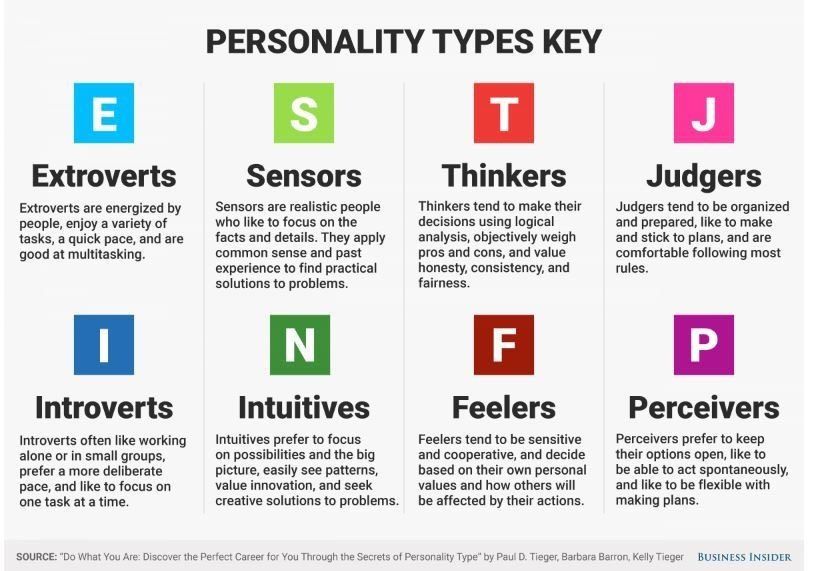 , 2007)[5]. People may continue to believe in the effectiveness of dieting in part because it gives them hope for losing weight if they are obese or makes them feel good about their own “self-control” if they are not.
, 2007)[5]. People may continue to believe in the effectiveness of dieting in part because it gives them hope for losing weight if they are obese or makes them feel good about their own “self-control” if they are not.
Scientists—especially psychologists—understand that they are just as susceptible as anyone else to intuitive but incorrect beliefs. This is why they cultivate an attitude of . Being skeptical does not mean being cynical or distrustful, nor does it mean questioning every belief or claim one comes across (which would be impossible anyway). Instead, it means pausing to consider alternatives and to search for evidence—especially systematically collected empirical evidence—when there is enough at stake to justify doing so. For example, imagine that you read a magazine article that claims that giving children a weekly allowance is a good way to help them develop financial responsibility. This is an interesting and potentially important claim (especially if you have children of your own). Taking an attitude of skepticism, however, would mean pausing to ask whether it might be instead that receiving an allowance merely teaches children to spend money—perhaps even to be more materialistic. Taking an attitude of skepticism would also mean asking what evidence supports the original claim. Is the author a scientific researcher? Is any scientific evidence cited? If the issue was important enough, it might also mean turning to the research literature to see if anyone else had studied it.
Taking an attitude of skepticism, however, would mean pausing to ask whether it might be instead that receiving an allowance merely teaches children to spend money—perhaps even to be more materialistic. Taking an attitude of skepticism would also mean asking what evidence supports the original claim. Is the author a scientific researcher? Is any scientific evidence cited? If the issue was important enough, it might also mean turning to the research literature to see if anyone else had studied it.
Because there is often not enough evidence to fully evaluate a belief or claim, scientists also cultivate a . They accept that there are many things that they simply do not know. For example, it turns out that there is no scientific evidence that receiving an allowance causes children to be more financially responsible, nor is there any scientific evidence that it causes them to be materialistic. Although this kind of uncertainty can be problematic from a practical perspective—for example, making it difficult to decide what to do when our children ask for an allowance—it is exciting from a scientific perspective.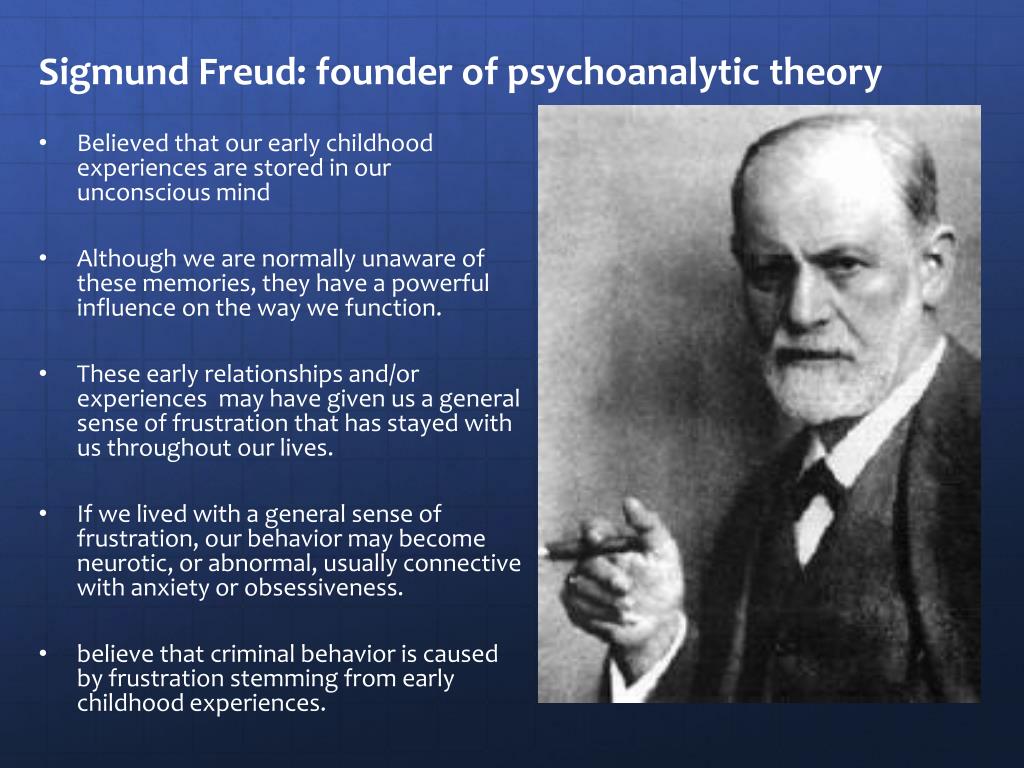 If we do not know the answer to an interesting and empirically testable question, science, and perhaps even you as a researcher, may be able to provide the answer.
If we do not know the answer to an interesting and empirically testable question, science, and perhaps even you as a researcher, may be able to provide the answer.
- People’s intuitions about human behaviour, also known as folk psychology, often turn out to be wrong. This is one primary reason that psychology relies on science rather than common sense.
- Researchers in psychology cultivate certain critical-thinking attitudes. One is skepticism. They search for evidence and consider alternatives before accepting a claim about human behaviour as true. Another is tolerance for uncertainty. They withhold judgment about whether a claim is true or not when there is insufficient evidence to decide.
- Practice: For each of the following intuitive beliefs about human behaviour, list three reasons that it might be true and three reasons that it might not be true:
- You cannot truly love another person unless you love yourself.
- People who receive “crisis counseling” immediately after experiencing a traumatic event are better able to cope with that trauma in the long term.

- Studying is most effective when it is always done in the same location.
- Watch in part or in full the following video, in which psychologist Scott Lilienfeld talks about confirmation bias, tunnel vision, and using evidence to evaluate the world around us:
Video Attributions
- ESC 2017 – Scott Lilienfeld: “Tunnel Vision: Confirmation Bias” © ESC European Skeptics Congress is licensed under a CC BY (Attribution) license
- Bushman, B. J. (2002). Does venting anger feed or extinguish the flame? Catharsis, rumination, distraction, anger, and aggressive responding. Personality and Social Psychology Bulletin, 28, 724–731. ↵
- Kassin, S. M., & Gudjonsson, G. H. (2004). The psychology of confession evidence: A review of the literature and issues.
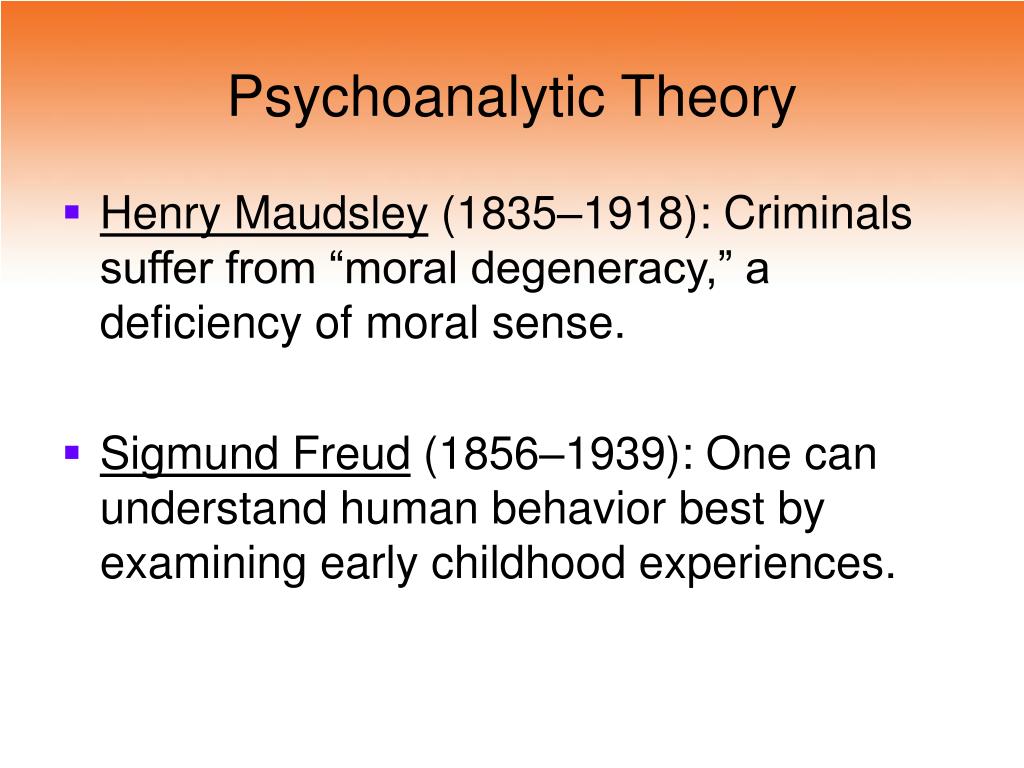 Psychological Science in the Public Interest, 5, 33–67. ↵
Psychological Science in the Public Interest, 5, 33–67. ↵ - Lilienfeld, S. O., Lynn, S. J., Ruscio, J., & Beyerstein, B. L. (2010). 50 great myths of popular psychology. Malden, MA: Wiley-Blackwell. ↵
- Gilovich, T. (1991). How we know what isn’t so: The fallibility of human reason in everyday life. New York, NY: Free Press. ↵
- Mann, T., Tomiyama, A. J., Westling, E., Lew, A., Samuels, B., & Chatman, J. (2007). Medicare’s search for effective obesity treatments: Diets are not the answer. American Psychologist, 62, 220–233. ↵
What is common sense? 3 theories / psychology
Common sense is what we have in mind when we want to talk about the knowledge that we all share. What we consider basic and obvious, conclusions that we have almost automatically arrived at by trying to analyze what we perceive.
However, at the moment of truth it is difficult to understand what common sense is .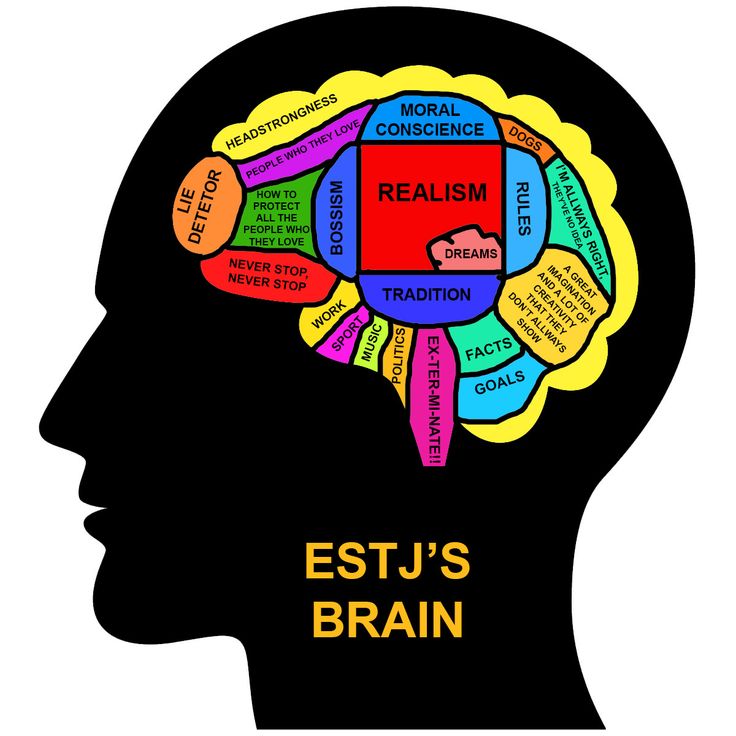 We will discuss this in this article.
We will discuss this in this article.
- Article on the topic: "8 higher psychological processes"
What is common sense?
There are several ways to define common sense philosophically. Let's see them.
Aristotle
For example, Aristotle explained this by our ability to perceive almost identical sensory stimuli when they are aimed at our senses. When someone hears the crack of a branch as it breaks, perceives the same thing that any other person would perceive instead of .
In a certain sense, this indicates that we all share the way we feel the impact that the environment has on us, but only if we refer to more concrete and less abstract aspects of what we live in daily: the taste of coffee, the view from balconies, etc.
However, as we shall see, other thinkers have used the concept of common sense to argue that, beyond the senses, we all have a common psychological matrix that allows us to critically analyze several things and draw similar ideas from them.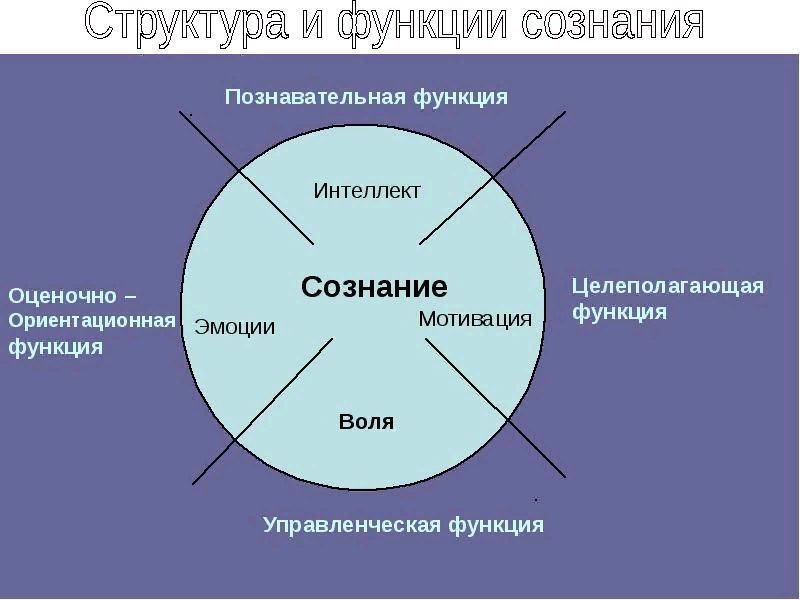 For example, if a truck is rushing towards us, we need to urgently move away.
For example, if a truck is rushing towards us, we need to urgently move away.
René Descartes
For this famous French philosopher, common sense was what operates a bridge between a rational and non-material being, which, according to him, controlled the body and the physical world , consists of the human body and everything that surrounds it in time and space.
Thus, although common sense allows a spiritual being to know that a physical reality exists, at the same time the imperfection of this physical world makes it incomprehensible and that rationality is necessary for its understanding. Common sense is, well, the basic idea that there are things that exist and things that happen , but this is a very vague knowledge from which we cannot extract great truths that can give meaning to what happens to us. The water is wet, the sun is shining... these are the ideas that come from common sense.
- Maybe you're interested: René Descartes' Valuable Contribution to Psychology
Pragmatists
beliefs about the practical and basic aspects of everyday life that are useful to develop in them. Thus, common sense is determined not so much by proximity to the truth, but by the consequences of believing in certain ideas..
Thus, common sense is determined not so much by proximity to the truth, but by the consequences of believing in certain ideas..
Theoretically, the idea can bring us closer to the truth, and at the same time we believe that it is useless to live well and be happy, in which case it would be to argue that it amounted to common sense. In short, much of what is or is not common sense depends on the context of , because it makes believing or not believing certain things differently depending on the place and time in which we live. Because most people live in places that share many common characteristics and rules, many of us share these ideas.
An authoritative argument
Sometimes we forget that the use of language not only serves to convey ideas, but also influences, causes phenomena. An appeal to common sense to support an idea can be used simply, to leave out of discussion a belief or opinion that is considered indisputable .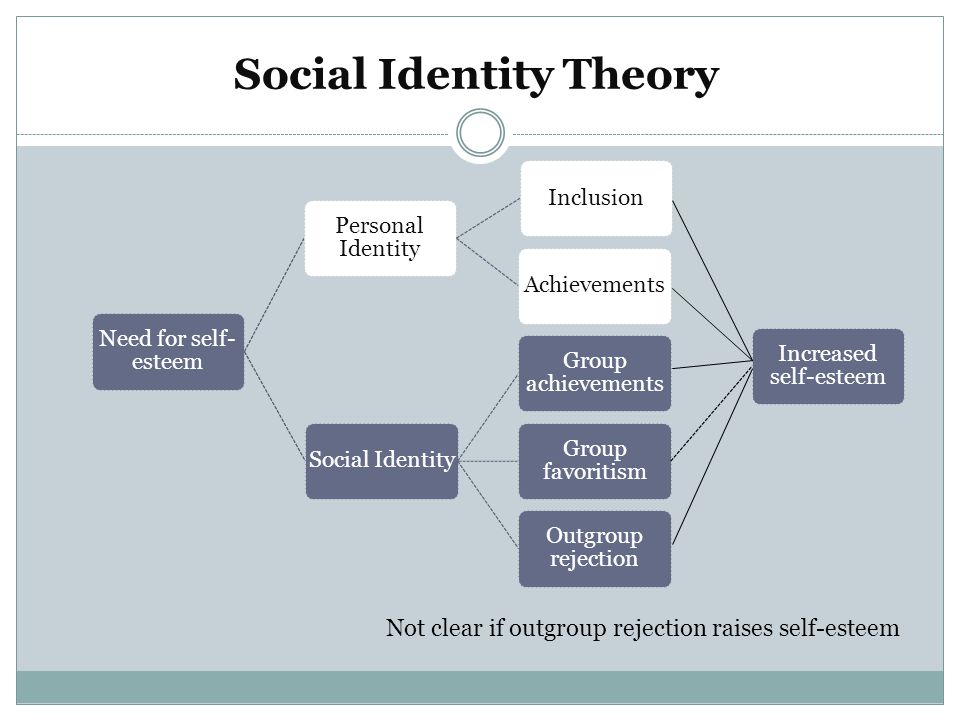
In practice, this is the only thing we have about the nature of common sense: a rhetorical tool that prevents someone from questioning widely held ideas that many people consider naturally obvious. In short, it's a way to spark any discussion, given that the popularity of a belief doesn't mean it's good, true, or useful..
conclusion
Common sense is a concept we use every day to refer to knowledge that seems obvious, that in theory everything should be clear. However, the fact that we associate this idea with many everyday experiences makes the concept's ability to explain the way a person thinks is not very strong. that, living in similar experiences, we all draw the same conclusions from them. At the moment of truth, nothing guarantees us that this is the case.
References:
- Bernstein, Richard (1983), Beyond Objectivism and Relativism: Science, Hermeneutics and Practice.
- Maroni, Terry A. (2009). "Emotional Common Sense as a Constitutional Right".
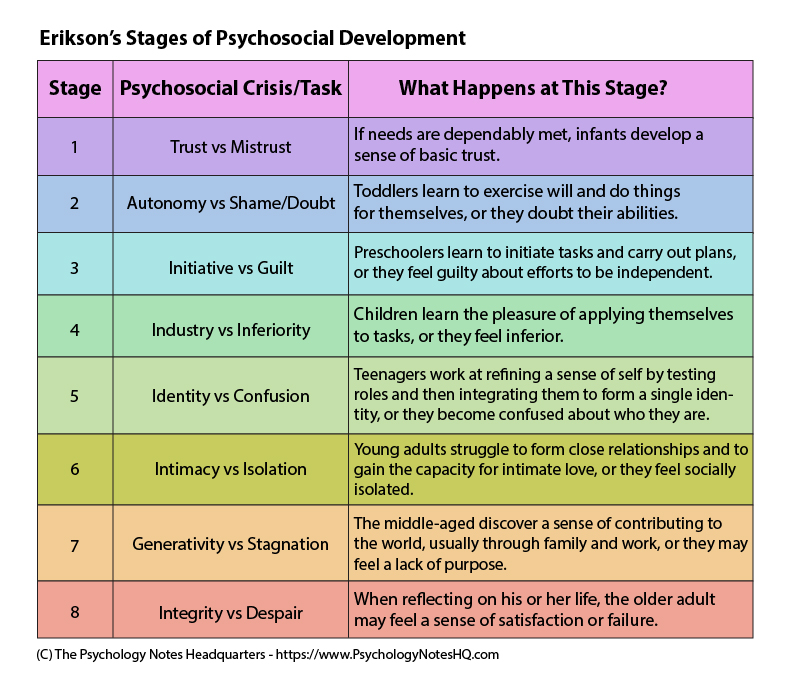 Vanderbilt Law Review. 62: 851.
Vanderbilt Law Review. 62: 851. - Sacks, Joe (2001), Aristotle, On the Soul and on Memory and Remembrance, Green Lion Publishing.
From the psychology of common sense to the language of thinking. 12 Leading Modern Philosophers
From the psychology of common sense to the language of thinking
One of the two basic assumptions of the science of thought is that the mind is considered a machine that processes information. It is quite obvious that the mind really receives information from the surrounding world. Some of this information comes in the form of light waves acting on the retina of the eye, and some in the form of sound waves acting on the organ of hearing. Another thing is also obvious: the way we act is not dictated by the information we receive. Different people, and even the same person, react differently to the same situations at different points in time. For example, there is no standard response to a sound wave pattern corresponding (in English) to the word "help".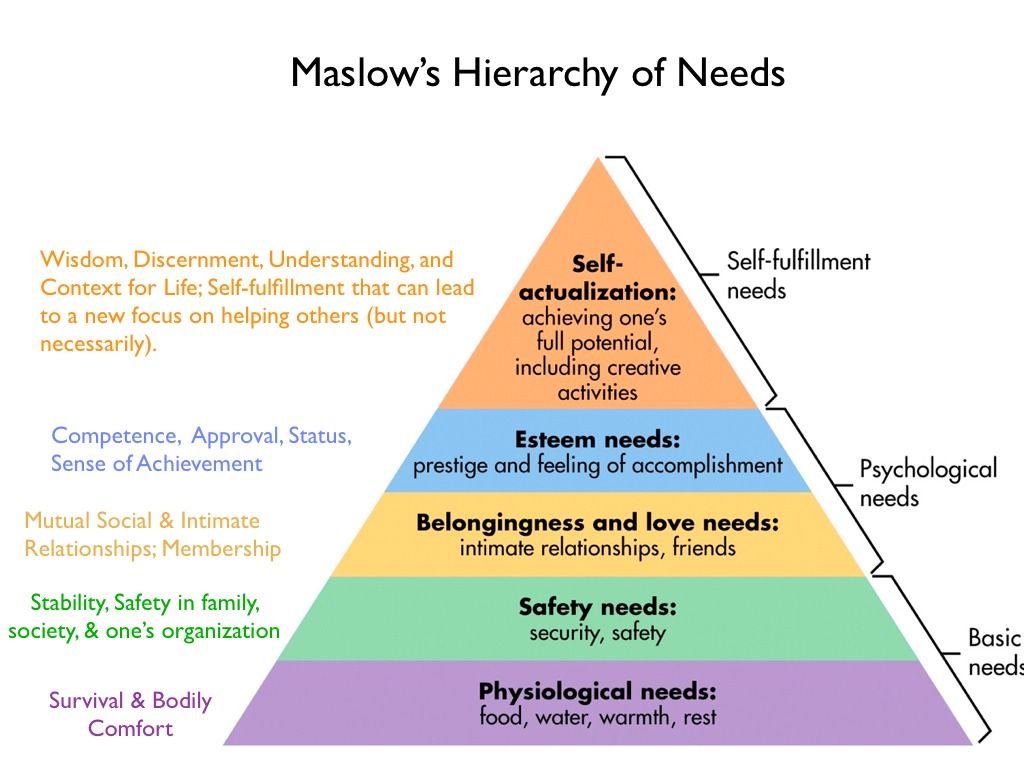 How we behave depends on what our mind does with the information it receives - on how it processes this information. If I run towards you when I hear you cry "Help!", then it is because my mind has somehow decoded your statement, identified it with an English word, understood what you want to say, and decided to react. All this is a very complex processing of information, which in the form of sound waves acted on my eardrum.
How we behave depends on what our mind does with the information it receives - on how it processes this information. If I run towards you when I hear you cry "Help!", then it is because my mind has somehow decoded your statement, identified it with an English word, understood what you want to say, and decided to react. All this is a very complex processing of information, which in the form of sound waves acted on my eardrum.
But how does this processing of information take place? How does the vibrations of the eardrum cause my muscles to contract, which is necessary to pull you out of the water and save you from drowning? Information must have carriers. We know how information is transmitted in the auditory system - the vibrations of the tympanic membrane enter the inner ear through the ossicular system. What happens next, as information is transmitted from the eardrum, is known less, but it is clear that an integral part of the overall picture of the mind as an information processor is the mandatory presence of physical structures that transmit information, that is, structures that are representations of the immediate environment (as well as, of course, things more abstract or remote).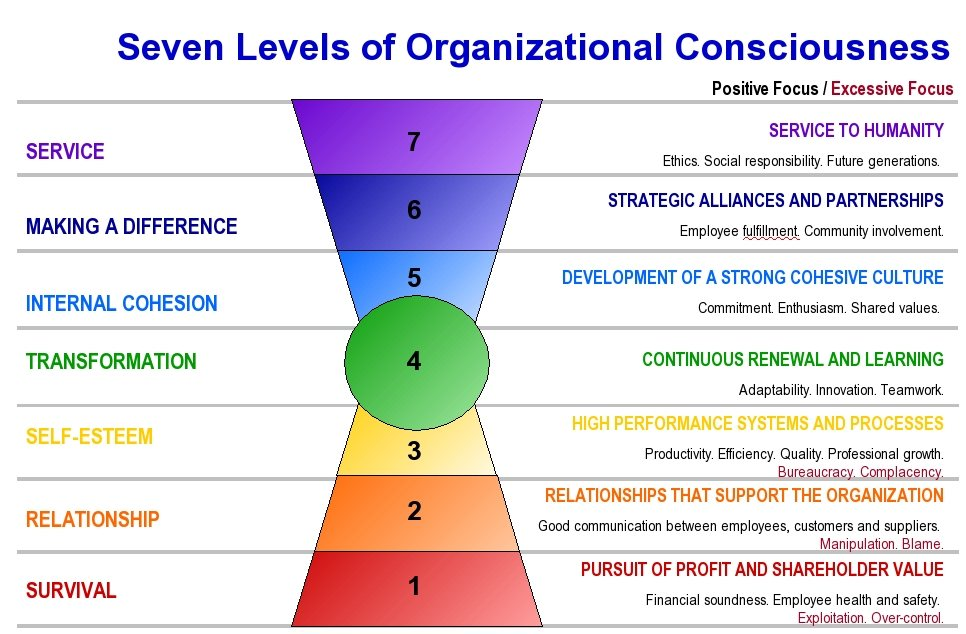 This is the second basic assumption of the science of thought. In essence, information processing is a matter of representational transformation, which leads to the activation of the nervous system, which gives you the order to jump into the water.
This is the second basic assumption of the science of thought. In essence, information processing is a matter of representational transformation, which leads to the activation of the nervous system, which gives you the order to jump into the water.
These are the two basic assumptions of the science of thinking:
1. Mind is an information processor.
2. Information processing involves the transformation of representations, which are physical structures for the transfer of information.
Fodor is particularly interested in those representations that correspond to desires, beliefs, and comparable psychological states, such as hopes and fears. In philosophy, they are usually called propositional relations, because they can all be described in the language of a thinker who is in various relations (for example, being in conviction or having hope) to private statements (for example, to statements that it is raining or that buses will start running soon.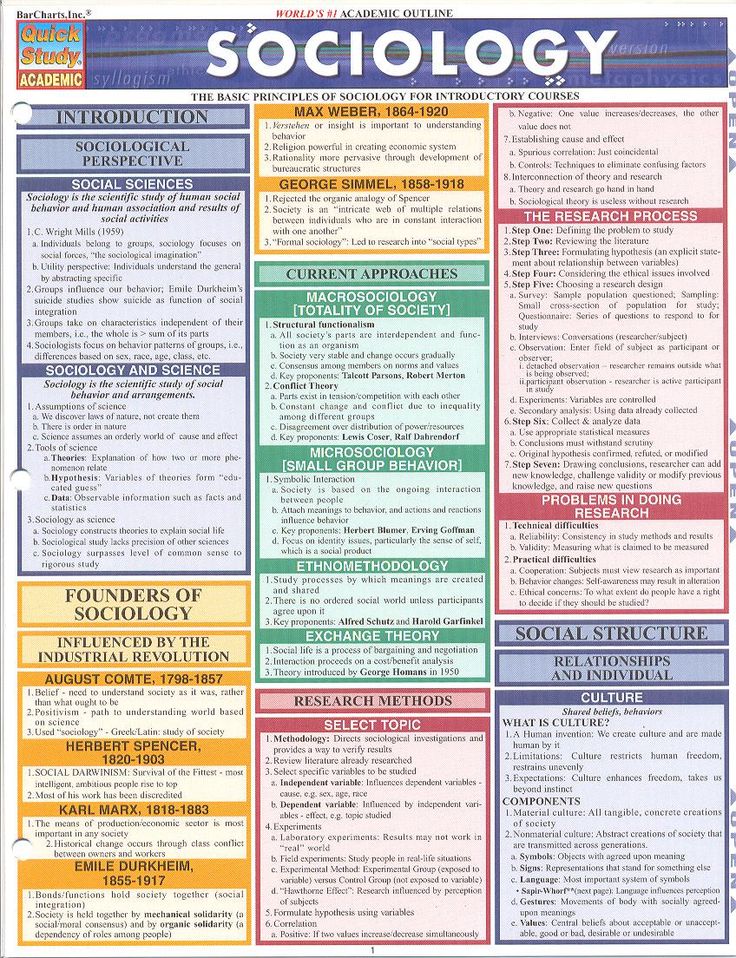 Fodor is convinced that there must also be internal representations corresponding to propositional relations. To some extent, and even quite often, we can explain and predict the behavior of other people, knowing what they think about the world and what they want to achieve. According to Fodor, the success of such explanations and predictions can only be explained by the fact that beliefs and desires actually drive our behavior. This means that beliefs and desires must have agents in internal structures by which they cause the bodily movements that we are trying to explain. Fodor calls this view intentional realism. This is a form of realism, because it associates propositional relations with physical entities. And this realism is intentional, because propositional relations have a property that philosophers call purposefulness, that is, they proceed from the idea of a world arranged in a certain way.
Fodor is convinced that there must also be internal representations corresponding to propositional relations. To some extent, and even quite often, we can explain and predict the behavior of other people, knowing what they think about the world and what they want to achieve. According to Fodor, the success of such explanations and predictions can only be explained by the fact that beliefs and desires actually drive our behavior. This means that beliefs and desires must have agents in internal structures by which they cause the bodily movements that we are trying to explain. Fodor calls this view intentional realism. This is a form of realism, because it associates propositional relations with physical entities. And this realism is intentional, because propositional relations have a property that philosophers call purposefulness, that is, they proceed from the idea of a world arranged in a certain way.
What I call Fodor's "crown argument" is an argument leading from intentional realism to a special version of the computer model of the mind (which he himself calls a representational theory of mind). Intentional realism requires that we be able to think of beliefs and desires as things that can generate behavior. But this is a special case of causality. There is a fundamental difference between the movement of my leg when I'm trying to achieve something (like taking a 1,000-mile journey while taking the first step) and the movement of my leg caused by the impact of a neurologist's hammer under the kneecap. In the first case, what causes the movement is a desire, a purposeful desire, namely to make a journey of 1000 miles. This is what philosophers call content wishes. If the content changes, the form of movement will also change. Beliefs and desires become the causes of behavior by virtue of the fact that they reflect the idea of the world, that is, by virtue of their contents. Any satisfactory statement of intentional realism must explain how this type of action, which is caused by content, becomes possible. In particular, it is necessary to rationalize the relationship between beliefs and desires, on the one hand, and the behavior caused by them, on the other.
Intentional realism requires that we be able to think of beliefs and desires as things that can generate behavior. But this is a special case of causality. There is a fundamental difference between the movement of my leg when I'm trying to achieve something (like taking a 1,000-mile journey while taking the first step) and the movement of my leg caused by the impact of a neurologist's hammer under the kneecap. In the first case, what causes the movement is a desire, a purposeful desire, namely to make a journey of 1000 miles. This is what philosophers call content wishes. If the content changes, the form of movement will also change. Beliefs and desires become the causes of behavior by virtue of the fact that they reflect the idea of the world, that is, by virtue of their contents. Any satisfactory statement of intentional realism must explain how this type of action, which is caused by content, becomes possible. In particular, it is necessary to rationalize the relationship between beliefs and desires, on the one hand, and the behavior caused by them, on the other. Beliefs and desires condition the behavior that makes sense out of it. The movement of the foot makes sense and is rational if I want to start a journey of 1000 miles and take a step in the right direction.
Beliefs and desires condition the behavior that makes sense out of it. The movement of the foot makes sense and is rational if I want to start a journey of 1000 miles and take a step in the right direction.
However, the causal relationship between behavior and content is extremely mysterious. In a sense, representations are simple objects, just like any other - they can be sound waves of a certain length, a collection of neurons, or sheets of paper. Thinking in this way, there is little difficulty in understanding how representations can cause certain behaviors. In fact, this causality is no different from the causation that causes the leg to twitch in response to a blow from a neurological hammer. But the whole point is that the representations that we are interested in - propositional relations - have a special0081 semantic relation to the world - that is, they make sense; they talk about something - for example, about someone's mother or about the planet Mars.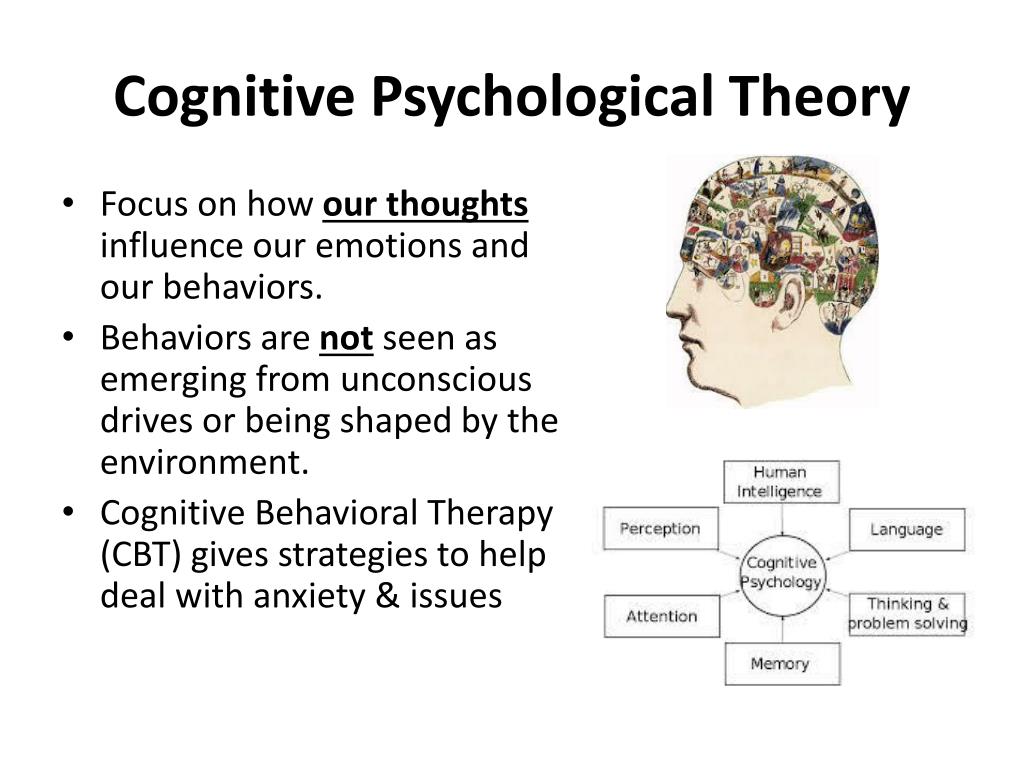 The puzzle is not exactly how representations can cause behavior in the world, but how they do it—how they become functions of their meaning, functions of some relationship they have with other objects in the world (objects that , moreover, may not exist).
The puzzle is not exactly how representations can cause behavior in the world, but how they do it—how they become functions of their meaning, functions of some relationship they have with other objects in the world (objects that , moreover, may not exist).
The great advantage of the computer model of the mind, according to Fodor, is that it helps solve the problem of causality due to content. In order to understand why we need to formulate this problem more clearly, Fodor, along with other specialists in the science of thinking, and also together with the vast majority of philosophers, adheres to the view that all manipulations performed by the brain with representations are purely physical and mechanical. . The brain and the representations it contains are physical entities, which means that they can only be sensitive to certain types of properties of mental representations. When I say the word "cat", I only produce a sound wave of a certain configuration. This sound wave has certain physical properties, due to which it affects the brain.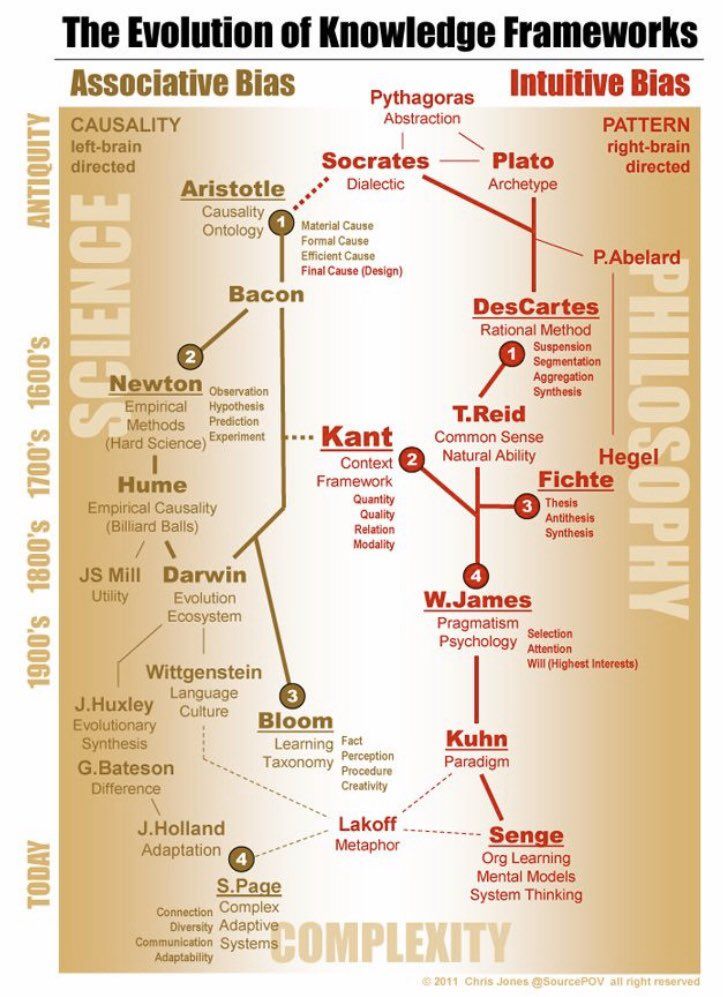 Sound waves have amplitude, length, frequency and some other properties to which the brain is sensitive through the organs of hearing. But the fact that this sound conveys the idea of a cat for English-speaking people is a property of a completely different type. It is not a property to which the brain is directly sensitive (at least, that is Fodor's argument).
Sound waves have amplitude, length, frequency and some other properties to which the brain is sensitive through the organs of hearing. But the fact that this sound conveys the idea of a cat for English-speaking people is a property of a completely different type. It is not a property to which the brain is directly sensitive (at least, that is Fodor's argument).
Let's call the physical properties that can be mechanically manipulated in the brain formal properties . We call them that because they refer to the physical form representation. And the properties by virtue of which representations represent meanings, we will call semantic properties, since semantics is a branch of linguistics that deals with the meaning of words (the way words represent the world). The fundamental source of the problem concerning the causal properties of content is semantic properties, not formal properties. It is easy to think of examples of pairs of representations that have the same formal properties but different semantic properties.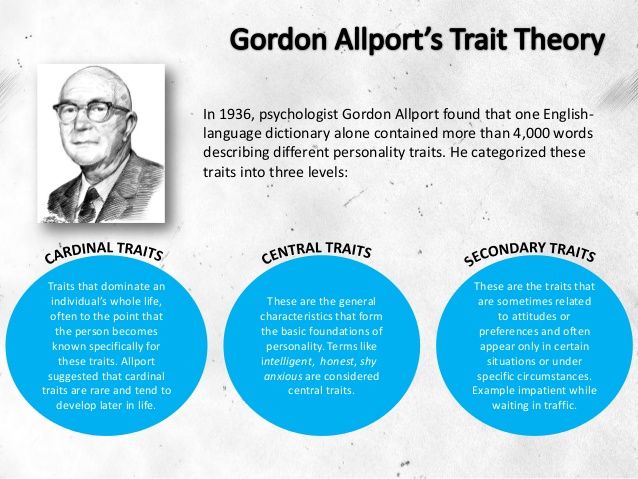 Here, for example, two entries of numbers:
Here, for example, two entries of numbers:
1101 1101
It is very easy to give a formal description of these two entries. Each can be described, for example, as two 1s followed by a 0, which in turn is followed by a 1. Or, more abstractly, we can describe them with vertical and horizontal dashes. It is clear, however, that the formal description of the left number will be identical to the formal description of the right one. However, it is quite possible that these formally identical entries may have completely different semantic properties. For example, the right number can be read as one thousand one hundred and one in the decimal number system, and the left one can be read as thirteen in the binary number system. Here we have two representations, identical in their formal and physical properties, but completely different in their semantic and semantic properties.
Thus, in this example, the problem of causality due to content clearly emerges.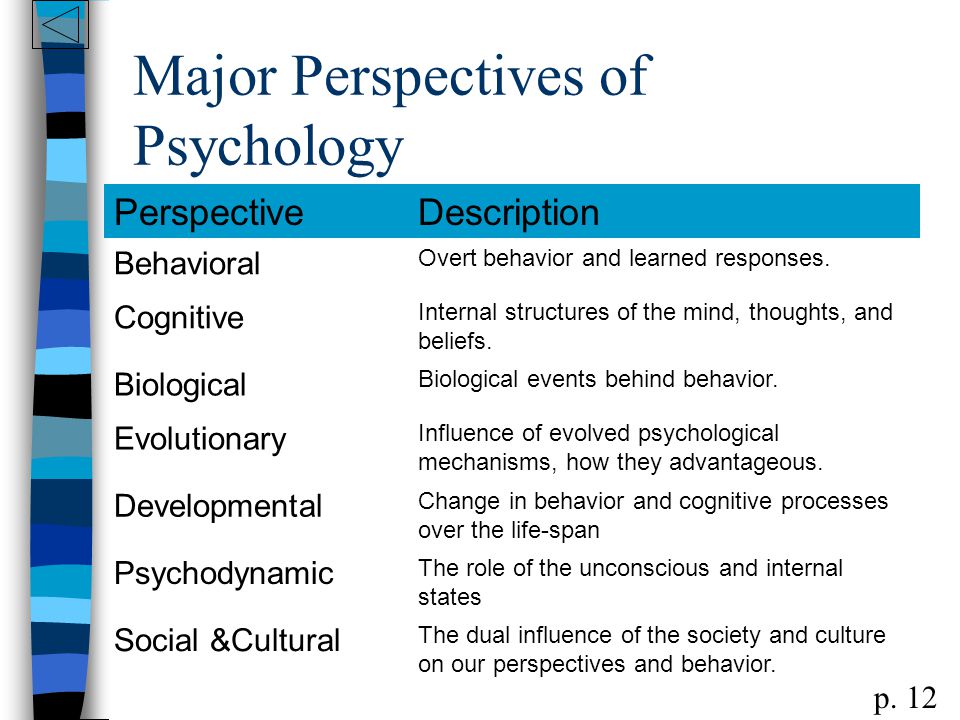 The brain is an information processing machine sensitive only to the formal properties of representations. As far as direct inputs to the brain are concerned, there is no difference between the left and right numbers. However, there is a big difference between the number 1101 and the number 13. Somehow our brain picks up on this difference. After all, we can still distinguish between 1101 as a binary number and 1101 as a decimal number. We see that these two records carry different information. Moreover, we are able to react differently to these two records. The problem of causality due to content is reduced to the problem of its possibility. How can the brain process information if it is blind to the semantic properties of representations? How can the brain be an information processing machine if all it can do is process the formal properties of representations?
The brain is an information processing machine sensitive only to the formal properties of representations. As far as direct inputs to the brain are concerned, there is no difference between the left and right numbers. However, there is a big difference between the number 1101 and the number 13. Somehow our brain picks up on this difference. After all, we can still distinguish between 1101 as a binary number and 1101 as a decimal number. We see that these two records carry different information. Moreover, we are able to react differently to these two records. The problem of causality due to content is reduced to the problem of its possibility. How can the brain process information if it is blind to the semantic properties of representations? How can the brain be an information processing machine if all it can do is process the formal properties of representations?
In this respect, an important analogy can be drawn between the brain and a computer. Computers manipulate only sequences of characters, and we can think of these characters as representations that have a certain form.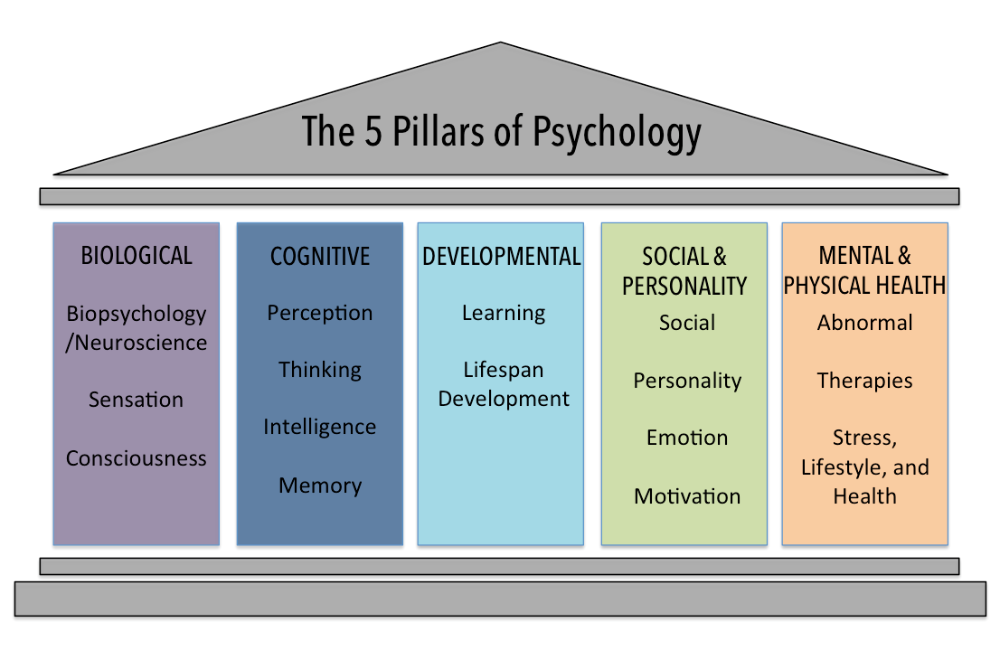 A computer programmed in binary, for example, manipulates sequences of 1s and 0s. The manipulations performed by the computer are determined solely by the shape of these symbols. A sequence of ones and zeros can represent a natural number. For example, 10 is the number 2, and 11 is the number 3. However, the same sequences can represent completely different things. For example, the entry may indicate which of the pixels in a long row of pixels are on and which are off. Indeed, with the right encoding, almost anything can be represented with a sequence of 1s and 0s. However, from the point of view of a computer, it is completely indifferent what exactly the sequence of ones and zeros represents - that is, the semantic properties of this sequence are not important. The computer simply manipulates the formal properties of sequences of 1s and 0s.
A computer programmed in binary, for example, manipulates sequences of 1s and 0s. The manipulations performed by the computer are determined solely by the shape of these symbols. A sequence of ones and zeros can represent a natural number. For example, 10 is the number 2, and 11 is the number 3. However, the same sequences can represent completely different things. For example, the entry may indicate which of the pixels in a long row of pixels are on and which are off. Indeed, with the right encoding, almost anything can be represented with a sequence of 1s and 0s. However, from the point of view of a computer, it is completely indifferent what exactly the sequence of ones and zeros represents - that is, the semantic properties of this sequence are not important. The computer simply manipulates the formal properties of sequences of 1s and 0s.
However, and this is very important, the computer is programmed to manipulate sequences of 1s and 0s in such a way that the correct result is obtained when interpreting, although the computer itself is blind in this respect and does not interpret.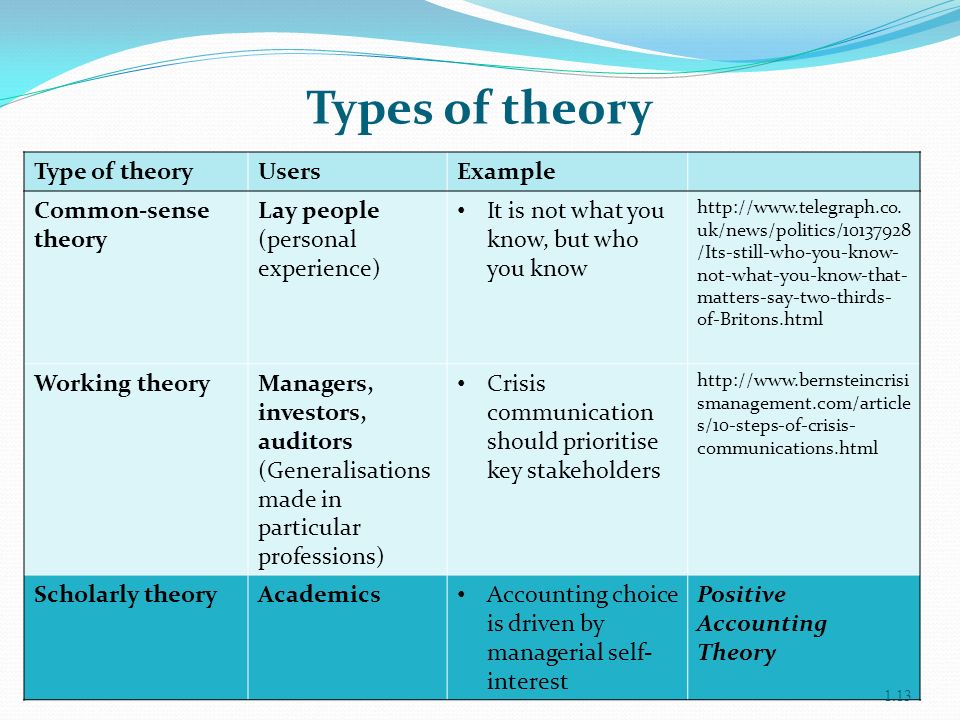 If a computer, for example, acts as a calculator and is given two sequences of ones and zeros, then it will simply calculate the third sequence. If the two sequences represent two numbers, 5 and 7, respectively, then the third sequence will be the binary representation of the number 12. But these semantic properties are irrelevant to the mechanics of the process performed by the computer. All the computer does is mechanically manipulate ones and zeros based on their formal properties. But at the same time, the computer is designed in such a way that these formal manipulations bring the desired result at the semantic level. The pocket calculator handles zeros and ones in such a way that it allows you to perform correct arithmetic operations with numbers represented by zeros and ones.
If a computer, for example, acts as a calculator and is given two sequences of ones and zeros, then it will simply calculate the third sequence. If the two sequences represent two numbers, 5 and 7, respectively, then the third sequence will be the binary representation of the number 12. But these semantic properties are irrelevant to the mechanics of the process performed by the computer. All the computer does is mechanically manipulate ones and zeros based on their formal properties. But at the same time, the computer is designed in such a way that these formal manipulations bring the desired result at the semantic level. The pocket calculator handles zeros and ones in such a way that it allows you to perform correct arithmetic operations with numbers represented by zeros and ones.
So, computers manipulate symbols based only on their formal properties, but in some way their semantic properties are also taken into account. This, Fodor argues, is exactly what the brain does. The brain is a physical system sensitive only to the formal properties of mental representations.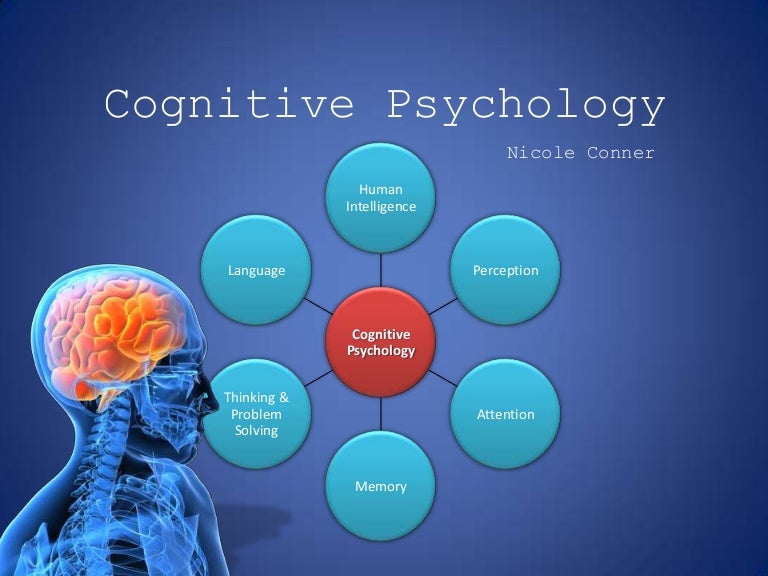 But nevertheless, as a machine for processing information, the brain (like a computer) must take into account the semantic properties of mental representations. We can understand the application of Fodor's argument regarding intentional realism to the computer model of the mind as follows: since the brain and the computer must solve the same tasks (and we understand how the computer solves them), so the easiest way to understand how the brain works is is to think of the brain as a kind of computer.
But nevertheless, as a machine for processing information, the brain (like a computer) must take into account the semantic properties of mental representations. We can understand the application of Fodor's argument regarding intentional realism to the computer model of the mind as follows: since the brain and the computer must solve the same tasks (and we understand how the computer solves them), so the easiest way to understand how the brain works is is to think of the brain as a kind of computer.
But how exactly can one imagine the operation of such an analogy? The following three statements summarize Fodor's computer model:
1. Cause-and-effect relationships between content elements ultimately boil down to cause-and-effect relationships between physical states.
2. These physical states have a sentence structure, and their structure determines how they will be arranged and how they will interact with each other.
3. Causal transitions between sentences in the language of thinking take into account meaningful relationships between the contents of these sentences in the language of thinking.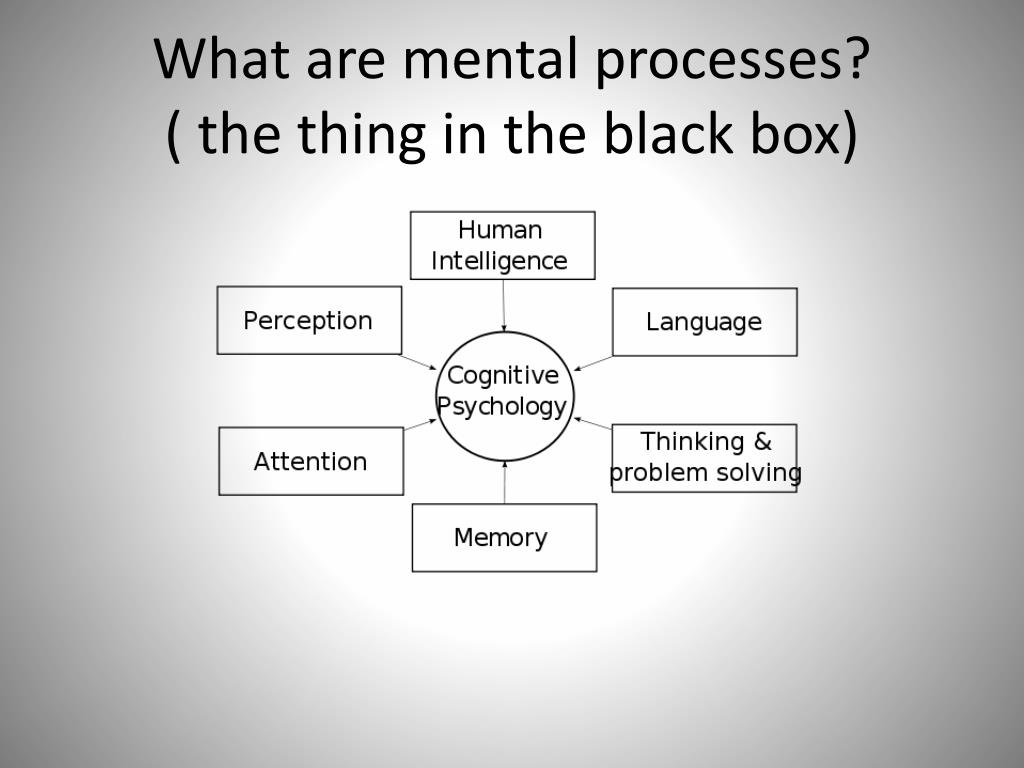
The second and third statements express Fodor's contribution to the development of the problem of causal relationships between contents. Fodor's view is important, according to which the environment of thinking is what the philosopher calls the language of thinking. According to Fodor, we think in sentences, but they are not natural language sentences like English. The language of thought is more like a formal language, such as the predicate calculus developed by logicians to represent the logical structure of sentences and judgments in English. Like the languages with which computers are programmed - and the language of logic is in fact very close to them - the language of the predicate calculus seems to be free from the ambiguities and inaccuracies of the English language.
The analogy between the language of thought and computer languages and the language of predicate calculus is the core of Fodor's solution to the problem of causal relations between contents. This is what is implied in Statement #3.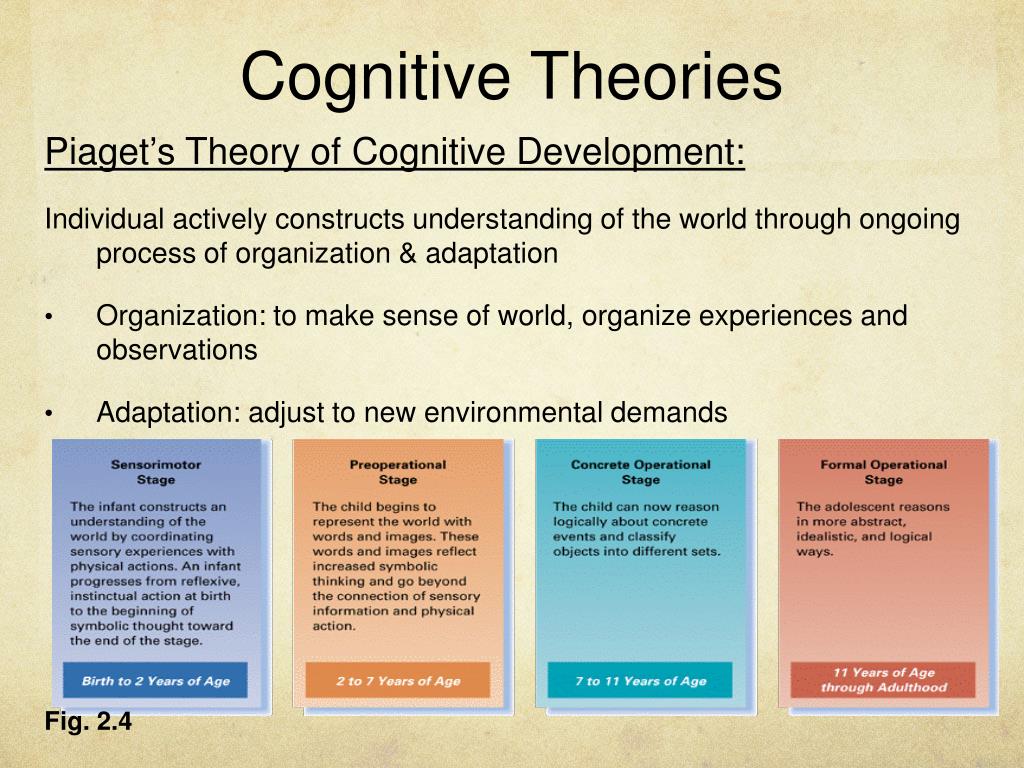 Fodor's basic condition that is common to formal languages is that formal and semantic properties must be clearly distinguished. From the point of view of syntax, a formal language - for example, the language of the predicate calculus - is simply a set of symbols of various types, together with rules for operating on these symbols, and these rules depend on the types of symbols. Symbols in the predicate calculus fall into several types. Some characters, usually represented by lowercase Latin letters (a, b, etc.), represent individual objects. Other characters, usually capital letters of the Latin alphabet, represent properties. Symbol combinations give an idea of the state of affairs. So, for example, if "a" represents Jane, and "F" the property "run", then the symbol "Fa" represents the position when Jane is running. The predicate calculus contains symbols corresponding to various logical operations, as, for example, the symbol "&" corresponds to a conjunction of symbols, and "-?" — character negation, the quantifiers "3" and "V" stand for "at least one" and "all", respectively.
Fodor's basic condition that is common to formal languages is that formal and semantic properties must be clearly distinguished. From the point of view of syntax, a formal language - for example, the language of the predicate calculus - is simply a set of symbols of various types, together with rules for operating on these symbols, and these rules depend on the types of symbols. Symbols in the predicate calculus fall into several types. Some characters, usually represented by lowercase Latin letters (a, b, etc.), represent individual objects. Other characters, usually capital letters of the Latin alphabet, represent properties. Symbol combinations give an idea of the state of affairs. So, for example, if "a" represents Jane, and "F" the property "run", then the symbol "Fa" represents the position when Jane is running. The predicate calculus contains symbols corresponding to various logical operations, as, for example, the symbol "&" corresponds to a conjunction of symbols, and "-?" — character negation, the quantifiers "3" and "V" stand for "at least one" and "all", respectively.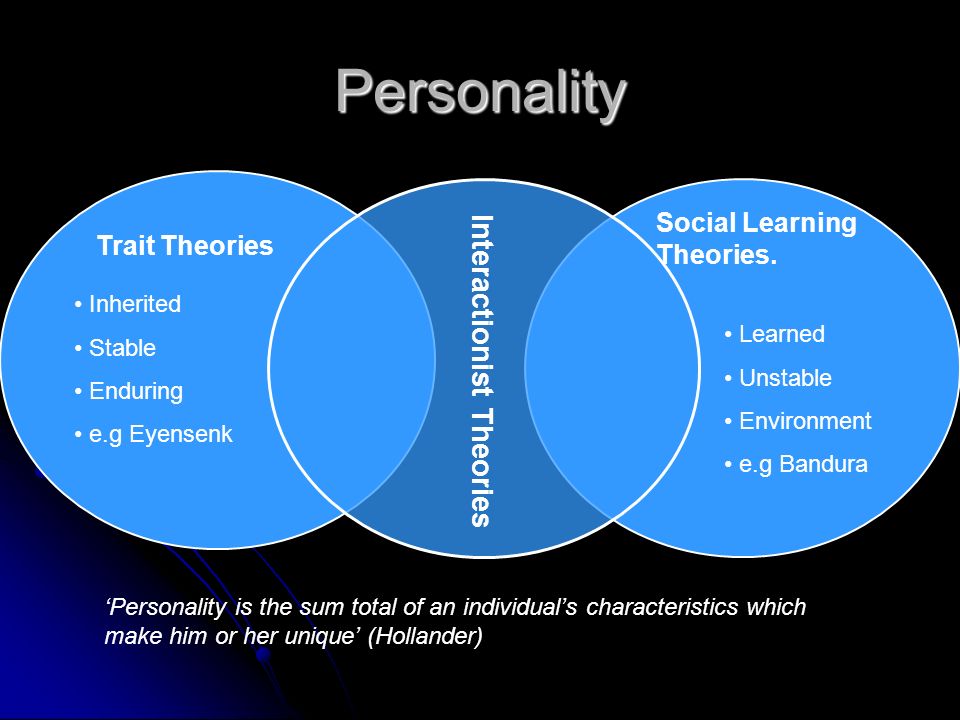
The rules governing character combinations that form sentences can only be formulated in terms of the formal properties of individual characters. An example is the rule that a space after a capital letter (eg, the space "F-") can only be filled with a lowercase letter (eg, "a"). This rule at the syntactical level expresses the intuitive understanding that properties originally belong to things, but this in no way forces us to abandon the idea that uppercase letters are property names and lowercase letters are names of things. All of this is pure0081 syntax language. The application of a rule is a purely mechanical process of exactly the same type as the actions brilliantly performed by a computer.
On the other hand, the connection between the formal system and its content is manifested at the level of semantics. This happens when, in accordance with the semantics of a formal language, we attribute objects to certain constants, properties to predicates, and logical operators to relationships. To provide a language with semantics is to give an interpretation to the symbols contained in the language in order to turn the collection of meaningless symbols into a representational system.
To provide a language with semantics is to give an interpretation to the symbols contained in the language in order to turn the collection of meaningless symbols into a representational system.
Just as it is permissible to consider the symbols of a formal system from the point of view of syntax and from the point of view of semantics, transitions between symbols can be considered in the same way in two ways. The existential generalization rule in predicate calculus, for example, can be considered both syntactically and semantically. From a syntactic point of view, the rule allows that if in one line of the proof there is a formula of the form "Fa", then in the next line of the proof one can write the formula "3x Fx". Semantically speaking, the rule states that if it is true that something is "F", then it must also be true that something is "F" (because the interpretation of "3x Fx" says that there is at least one " F"). All transitions in a formal system can be viewed in these two ways—that is, either as rules for the manipulation of meaningless symbols, or as rules defining relationships between utterances to be interpreted.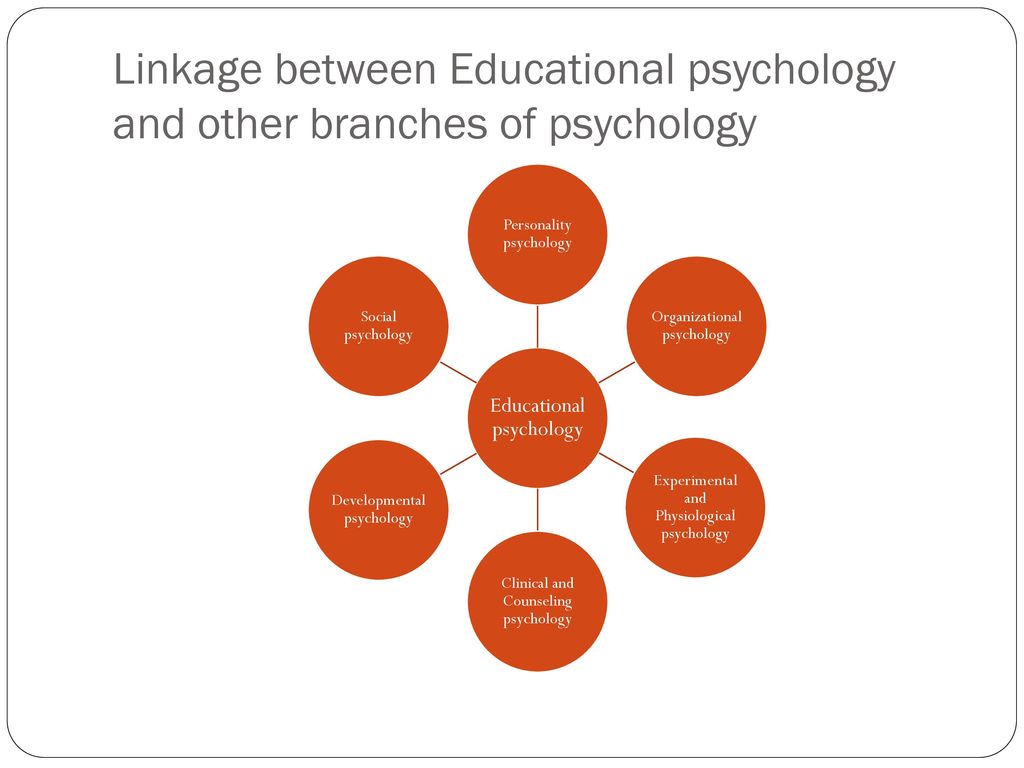
Fodor's main suggestion is therefore to use the model of the relationship between syntax and semantics in a formal system to understand the relationship between a sentence in the language of thought and its content (what it represents and denotes). The mind is a computer that operates on sentences in the language of thought. These sentences can be viewed purely syntactically (as physical symbolic structures made up of basic symbols and arranged according to certain rules of composition) or semantically (based on how they reflect and represent the world, in which case they are viewed as some kind of judgments or statements. about the world). Developing this position, one can consider the transitions between sentences in the language of thought either syntactically or semantically: either in terms of formal relations that exist between physical symbolic structures, or in terms of semantic relations that exist between different representations of the world.
Let us return, however, to Fodor's third assertion.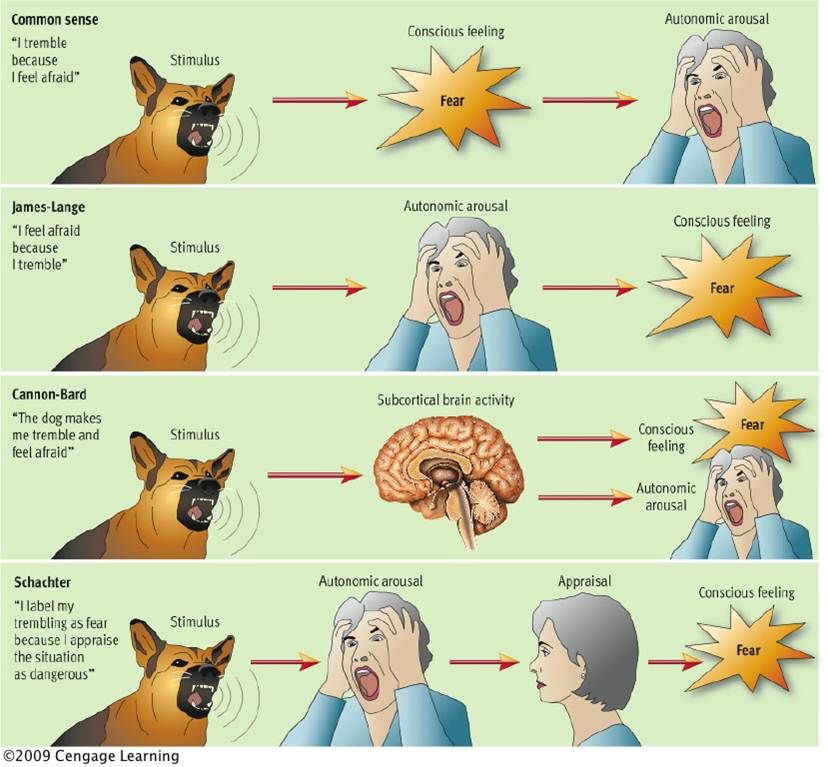 Information processing in the mind is ultimately the making of causal transitions between sentences in a language of thought, just as information processing in a computer is ultimately the making of causal transitions between sentences in a programming language. Let us assume that we proceed from the fact that causal transitions between sentences within the language of thought are purely formal, carried out by virtue of the formal properties of significant symbols, regardless of what these symbols stand for and what they refer to. In this case, the essence of our question boils down to the following: how are the formal relations that exist between sentences in the language of thought superimposed on the semantic relations that exist between the propositional judgments corresponding to these sentences? If we agree that the language of thought is a formal system, then this question can be answered quite clearly and unambiguously. Syntactic transitions between sentences in the language of thought will follow semantic transitions between the contents of those sentences, for exactly the same reasons that syntax follows semantics in any well-formed formal system.
Information processing in the mind is ultimately the making of causal transitions between sentences in a language of thought, just as information processing in a computer is ultimately the making of causal transitions between sentences in a programming language. Let us assume that we proceed from the fact that causal transitions between sentences within the language of thought are purely formal, carried out by virtue of the formal properties of significant symbols, regardless of what these symbols stand for and what they refer to. In this case, the essence of our question boils down to the following: how are the formal relations that exist between sentences in the language of thought superimposed on the semantic relations that exist between the propositional judgments corresponding to these sentences? If we agree that the language of thought is a formal system, then this question can be answered quite clearly and unambiguously. Syntactic transitions between sentences in the language of thought will follow semantic transitions between the contents of those sentences, for exactly the same reasons that syntax follows semantics in any well-formed formal system.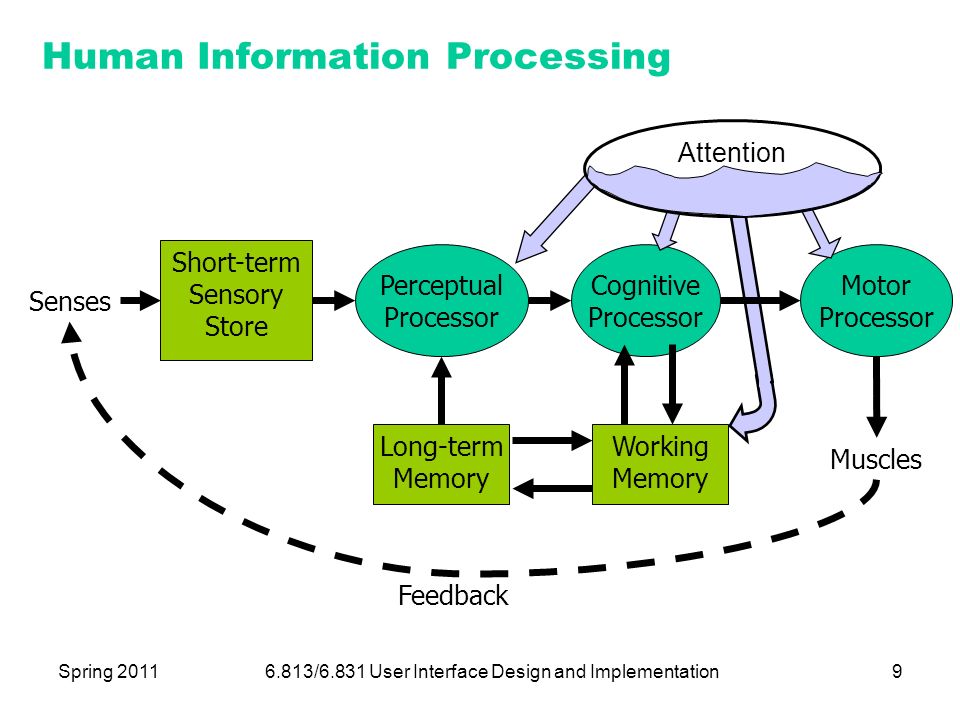
Fodor can (and does) refer to the well-known data of metalogics (the study of expressive possibilities and the formal structure of logical systems), which made it possible to establish a significant degree of correspondence between syntactic derivability and semantic certainty. For example, it is known that the first-order predicate calculus is qualitative and complete. That is, it can be said that in every conscientiously executed proof in the first-order predicate calculus, the conclusion is indeed a logical consequence of the premises (quality). And vice versa, if for each argument, when using which the conclusion logically follows from the premise, the conclusion and premise can be formulated in the language of the first-order predicate calculus, then the proof is qualitative (completeness). Using the terms we have introduced, we get: if a sequence of legitimate and formally defined transitional inferences leads from formulation A to formulation B, then we can be sure that A cannot be true if B is not true - and vice versa, if in the semantic sense A entails B, then you can be sure that there is a sequence of formally defined and derivable transitions leading from A to B.
Therefore, it can be said that beliefs and desires are expressed in terms of linguistic physical structures (sentences in the language of thought), and practical reasoning and other forms of thought must be interpreted in terms of causal interactions between these structures. These causal interactions are determined only by the formal, syntactic properties of physical structures. However, since the language of thought is a formal language that has analogues of the formal properties of quality and completeness, these purely syntactic transitions are made taking into account the semantic relations between the contents of relevant beliefs and desires. This is why (Fodor argues) content-driven causality takes place in such a purely physical system as the brain. So, Fodor continues, an adequate psychological interpretation is provided by the work of the mind, similar to the computer processing of sentences in the language of thinking.
From words to language
From words to language Those several words or concepts that are proposed here actually grow out of a single word and in themselves do not form a language, even the most concise one.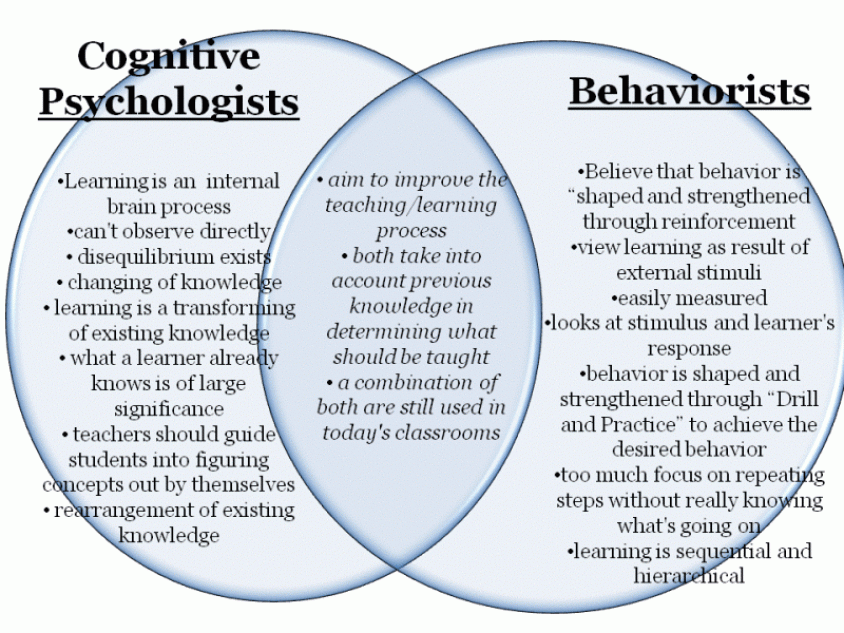 These are only conditional outlines hinting at the possibility of language. Such that he was
These are only conditional outlines hinting at the possibility of language. Such that he was
THAT ALL PROBLEMS COME TO LANGUAGE
ABOUT ALL PROBLEMS REDUCED TO LANGUAGE The 1930s began with famine and ended in blood. Lines in front of public kitchens gave way to pickets outside factories and warehouses, which in turn were replaced by lines of soldiers leaving for the war. It has been convenient to operate for decades, although
9. ANTINOMIES OF MEANING
9. ANTINOMIES OF MEANING The categories that we will consider here are usually most often drawn on by aestheticians, since these are the most obvious, absolutely universal and primitively necessary categories. So, reasoning about "unity", "diversity",
Chapter 2. The Two Faces of Common Sense: An Argument for Common Sense Realism and Against Common Sense Theory of Knowledge {10}
Chapter 2 1.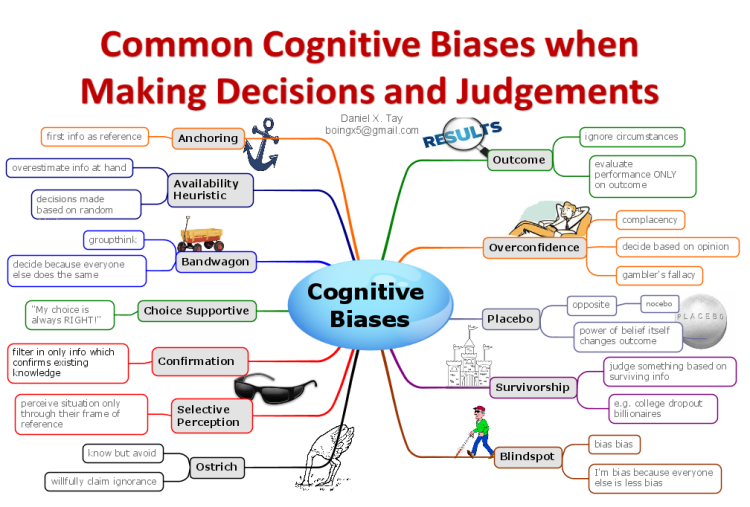 Apologia for Philosophy It is absolutely necessary these days to apologize for being interested in philosophy in any form. Except, be
Apologia for Philosophy It is absolutely necessary these days to apologize for being interested in philosophy in any form. Except, be
Logic of meaning
Logic of meaning Foreword (from Lewis Carroll to the Stoics) Carroll's writings are always oriented towards the pleasure of the reader: children's books, or rather books for little girls; delightful strange esoteric words; ciphers and decryption;
Learning common sense
The study of common sense (I) "Another Latin work in which M. Descartes has gone far enough, and of which he has left us a rather large fragment, is the Study of Common Sense, or the Art of Right Thinking, which he called the Studium bonae
CHAPTER 3 PROBABLE CONCLUSIONS OF COMMON SENSE
CHAPTER 3 POSSIBLE CONCLUSIONS OF COMMON SENSE A "probable" conclusion (as we have already said) is such a conclusion in which the premises are true and the construction is correct, and the conclusion is nevertheless not certain, but only more or less probable.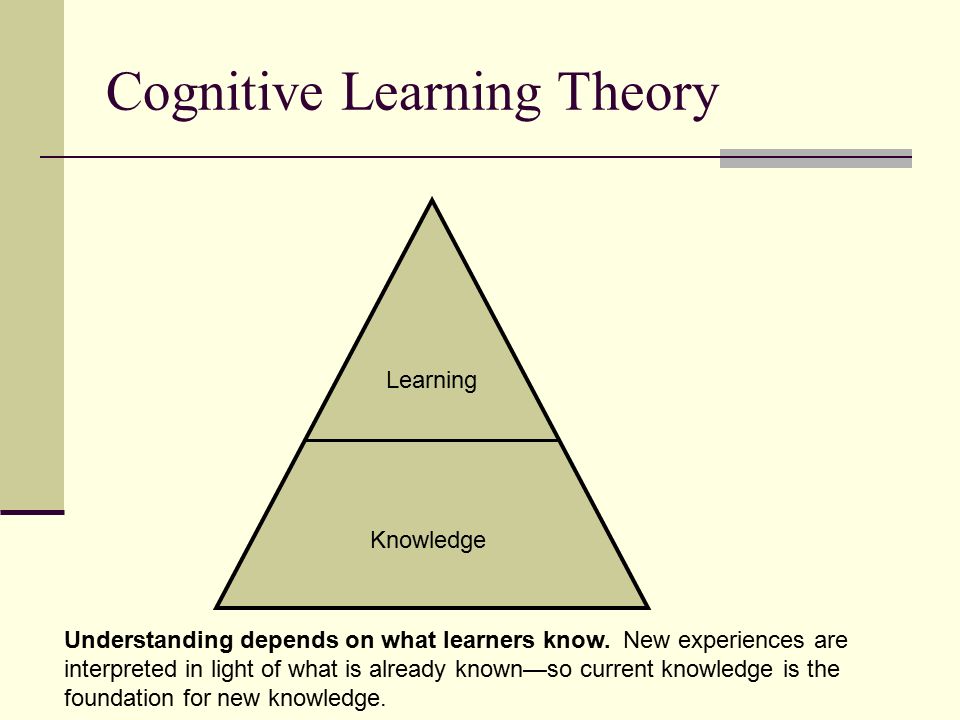 In the practice of science
In the practice of science
"COMMON SENSE" PHILOSOPHY
PHILOSOPHY OF "COMMON SENSE" If Shaftesbury and Hutcheson criticized Locke's ethical views, then his sensualist philosophy in the 18th century was criticized by representatives of the so-called philosophy of common sense. Its first and most prominent representative was Thomas
Scientific enlightenment of common sense
Scientific enlightenment of common sense Naturally, common sense, which creates many illusions in its view of the world, must unreservedly allow the sciences to enlighten itself. But scientific theories invading the life world should not, in principle, touch the boundaries and spaces of our
§2. The categories of being and thinking of Shankara in comparison with the categories of being and thinking of Heidegger in the interpretation of J.
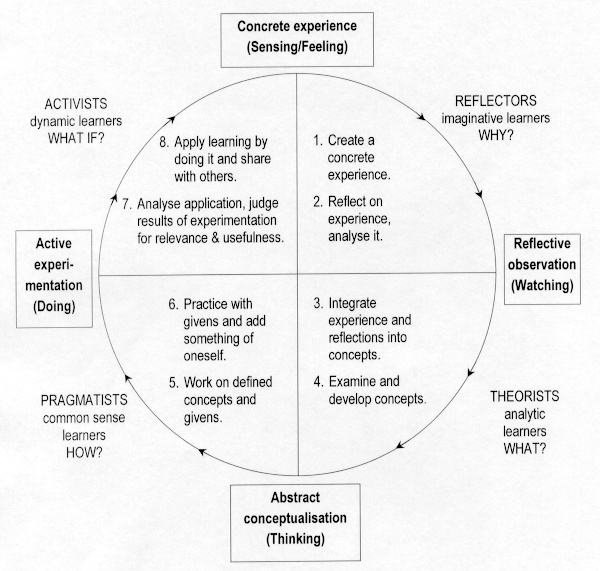 Mehta
Mehta §2. The categories of being and thinking of Shankara in comparison with the categories of being and thinking of Heidegger in the interpretation of J. Mehta Modern Indian philosophers show quite a lot of interest in the work of Heidegger, and one of the most striking examples of this interest can be
Chapter Three Correlative properties of positive thinking and common sense
Chapter Three Correlative Properties of Positive Thinking and Common Sense I. About the word "positive": its various meanings determine the properties of true philosophical thinking 30. A self-evident confluence of the various general considerations given in this
COMMON SENSE ECONOMY
THE ECONOMY OF COMMON SENSE The essence of the coming economy, declares Stanford Research Institute's Long Term Planning Service, will be "an emphasis on the internal needs of the individual and group of people as much as on material needs.